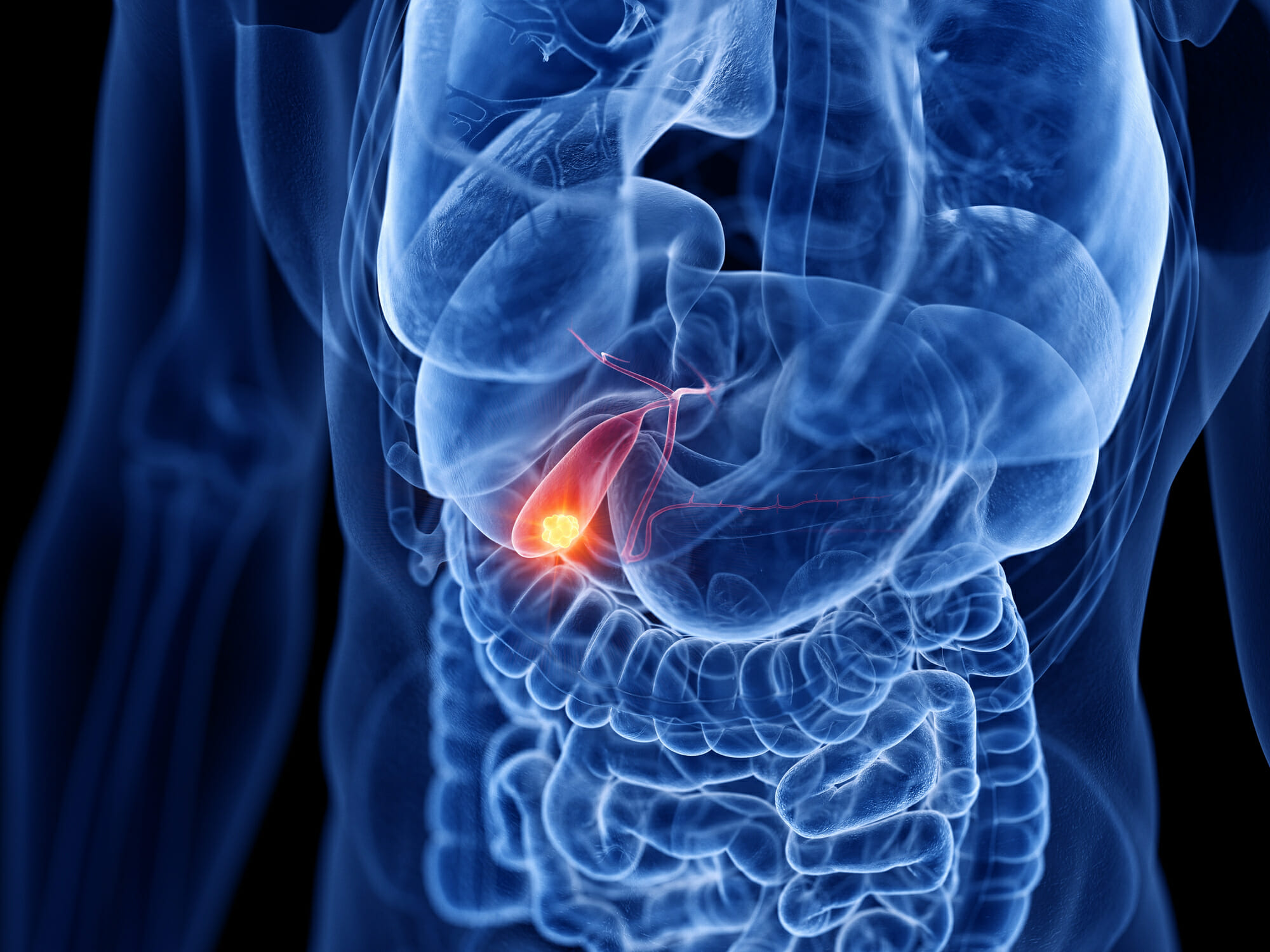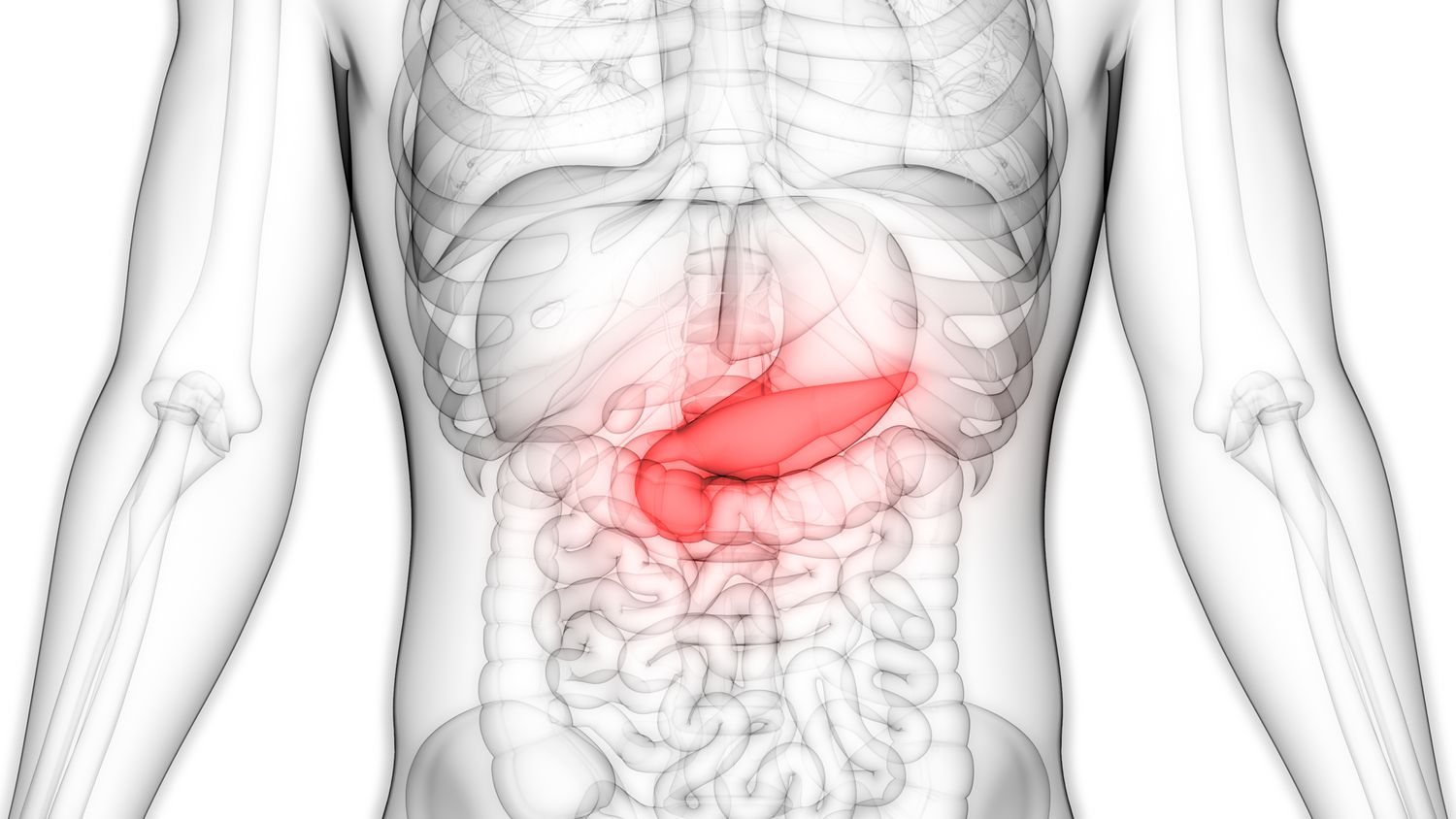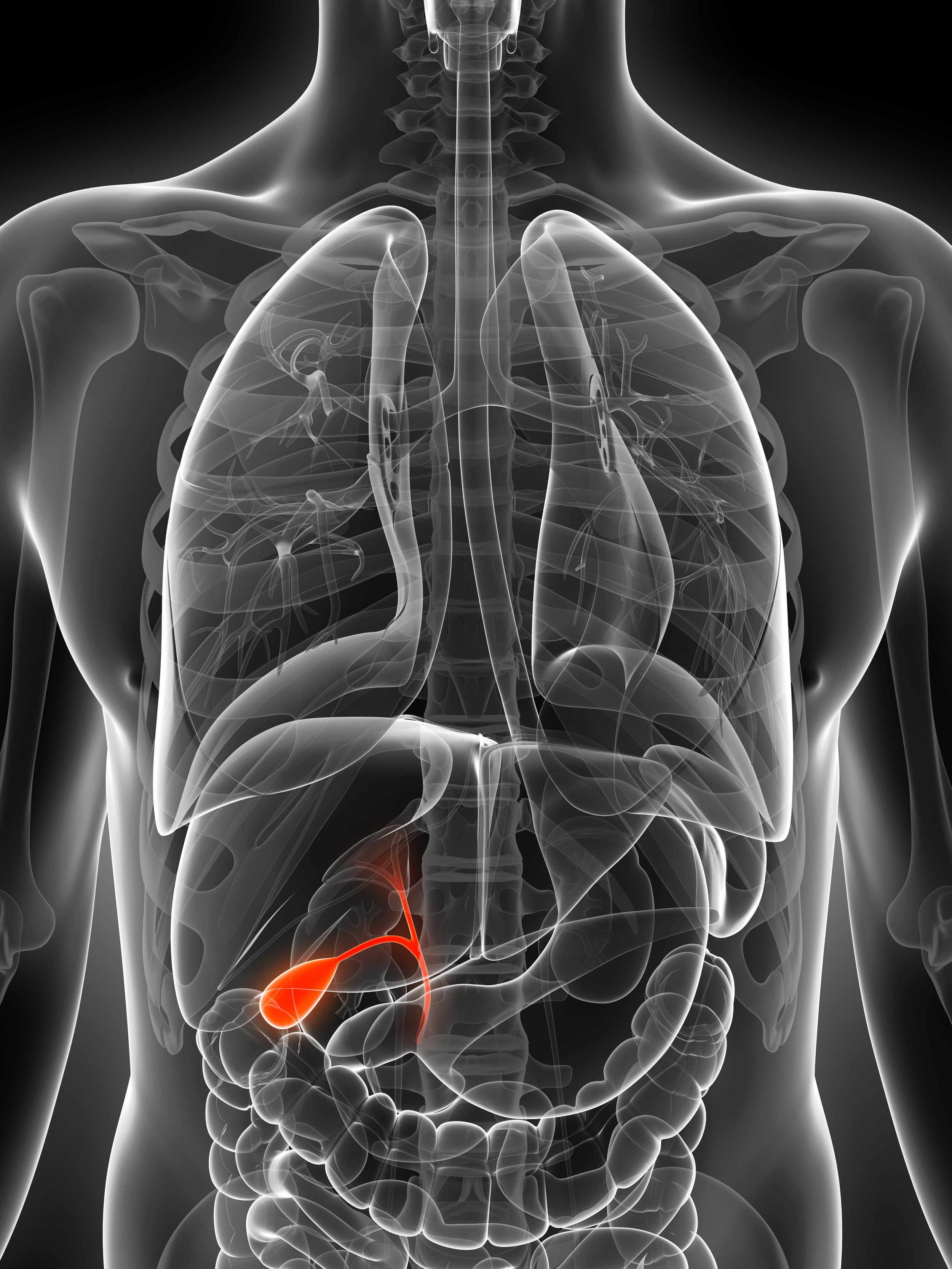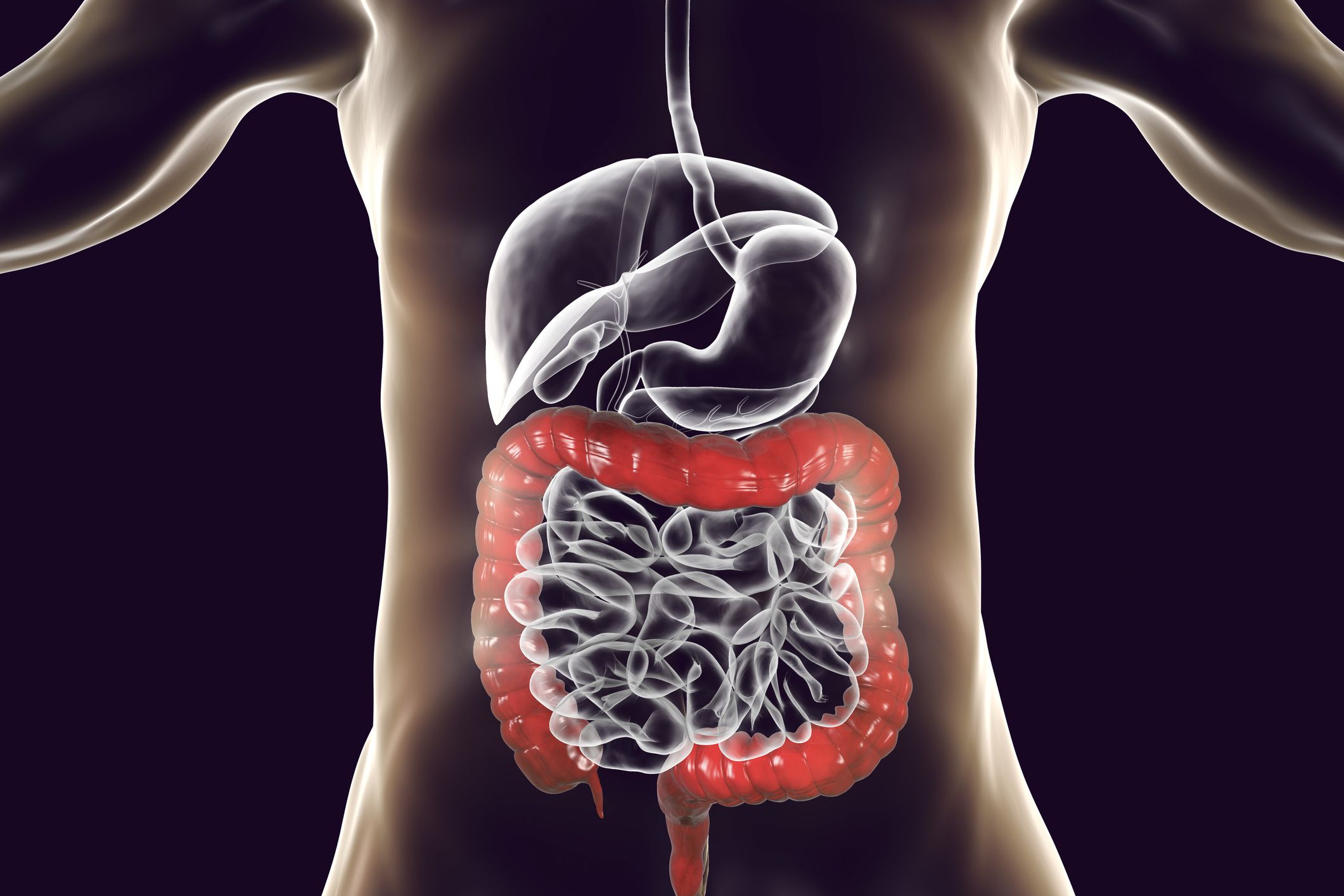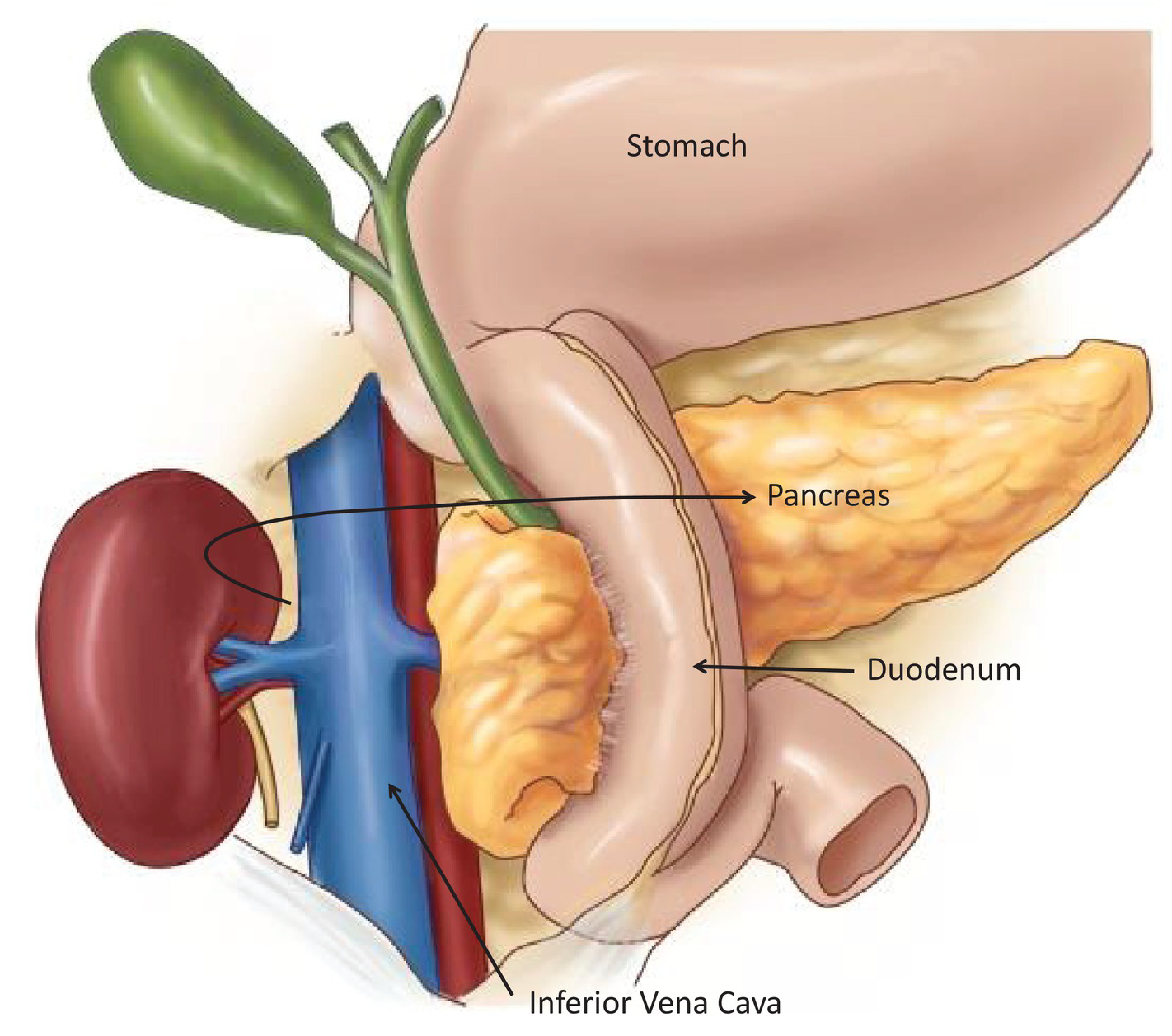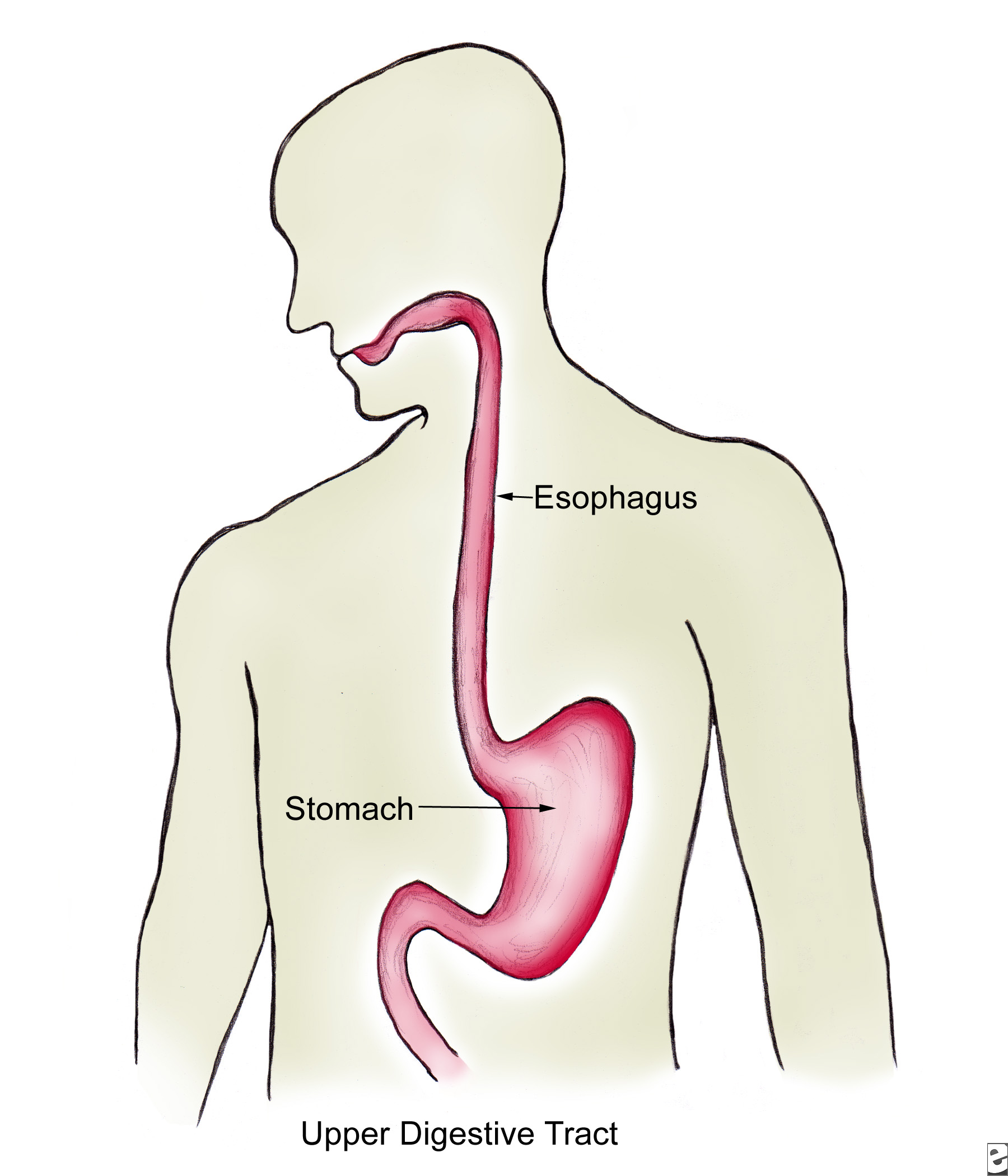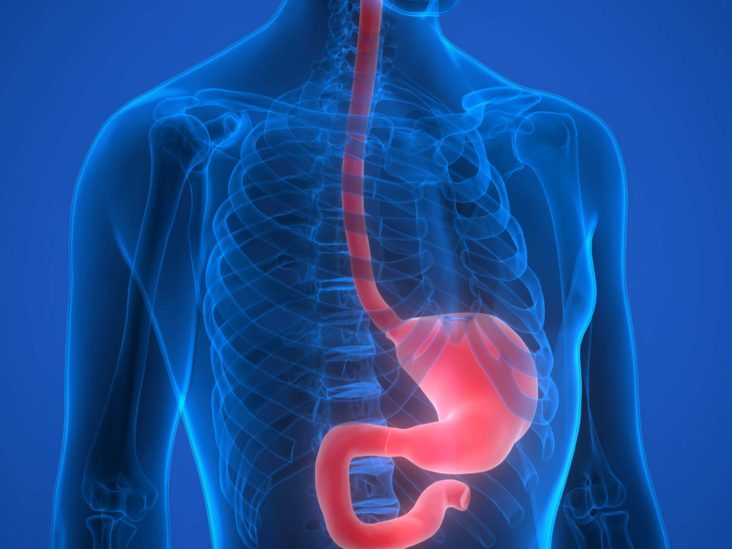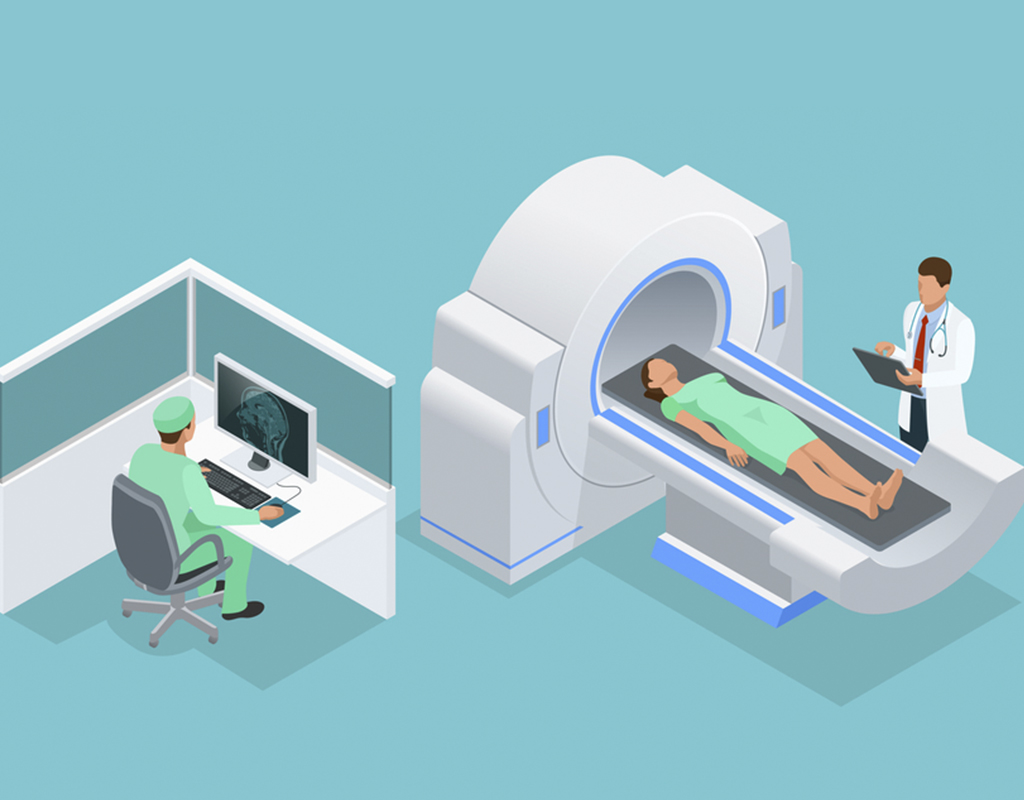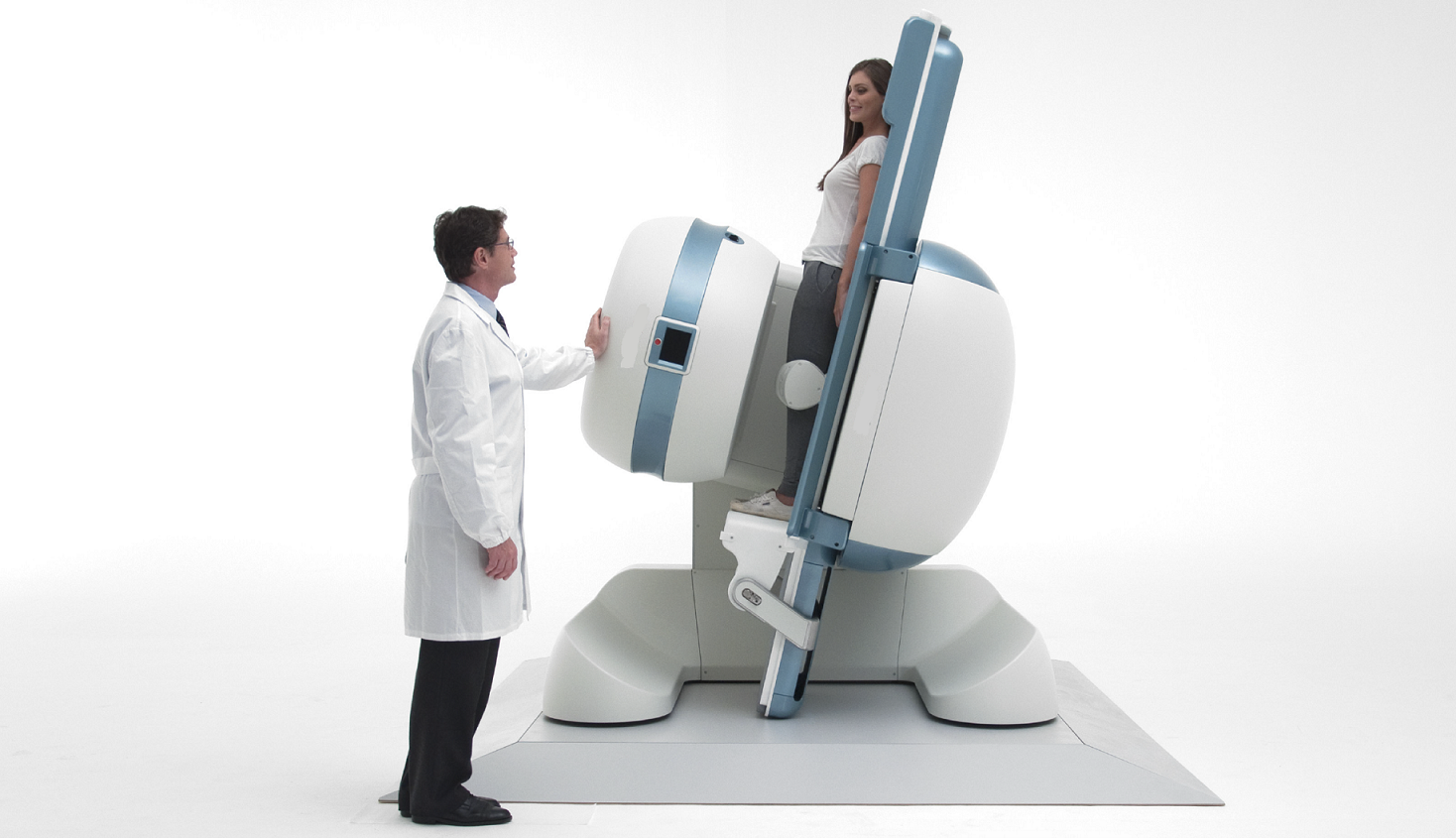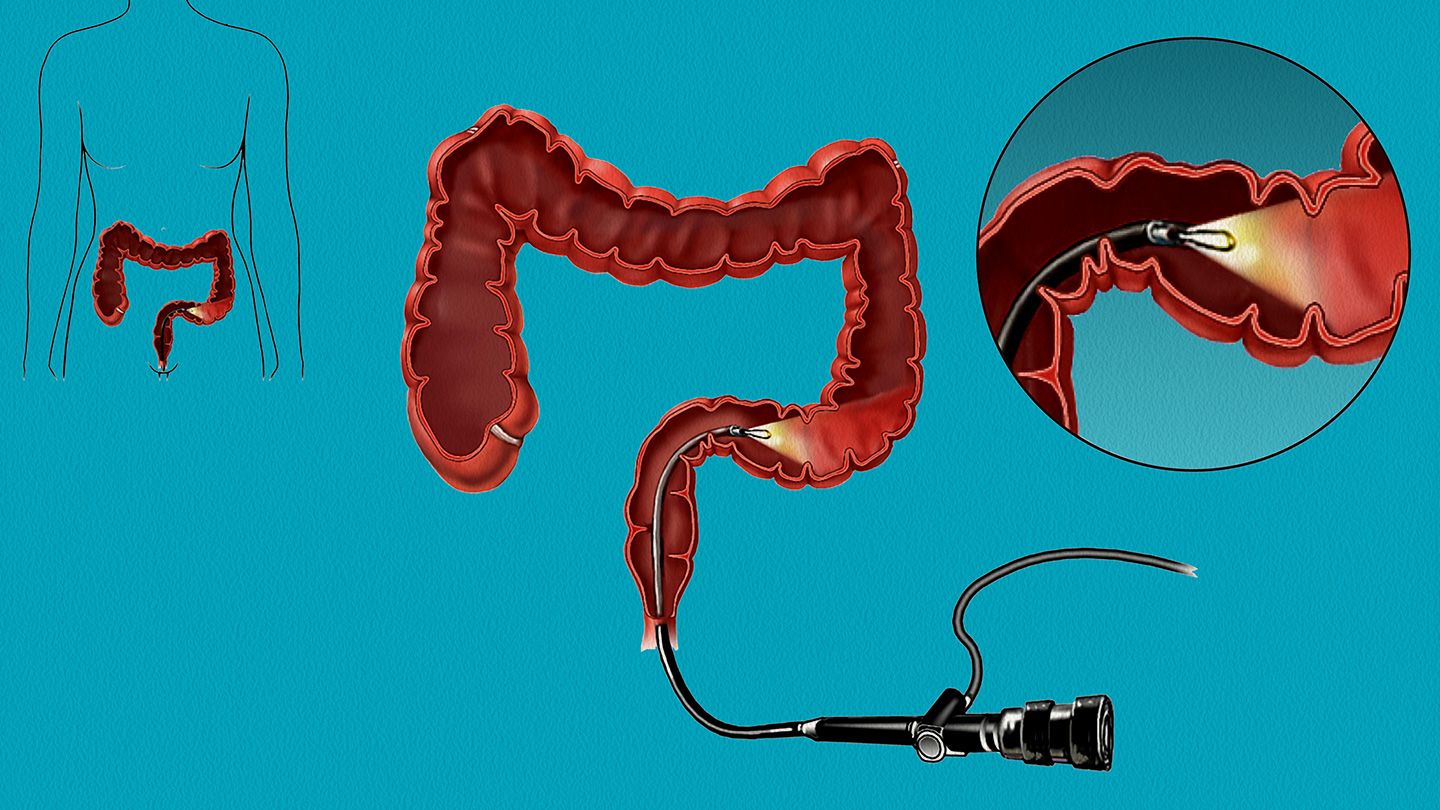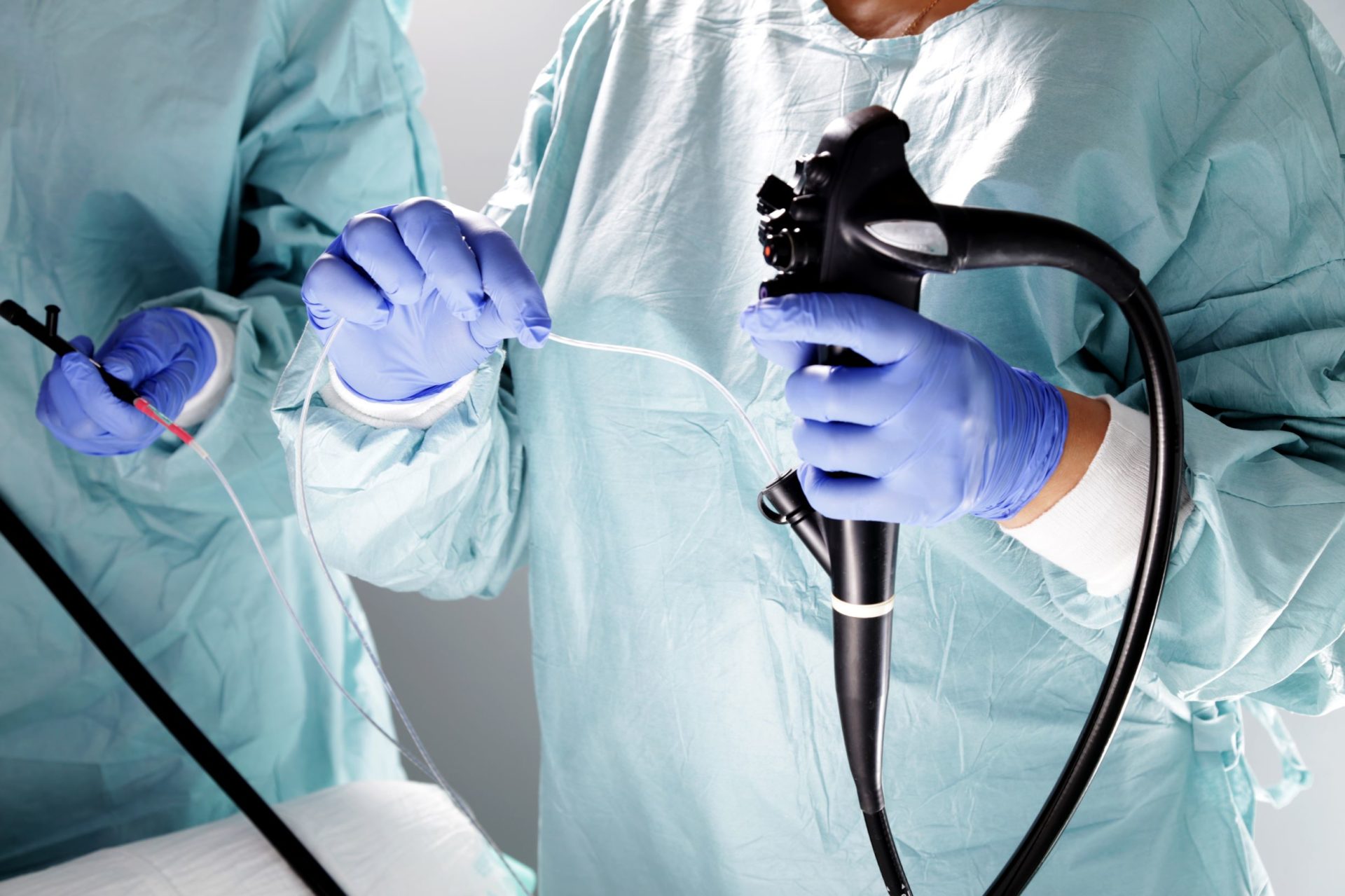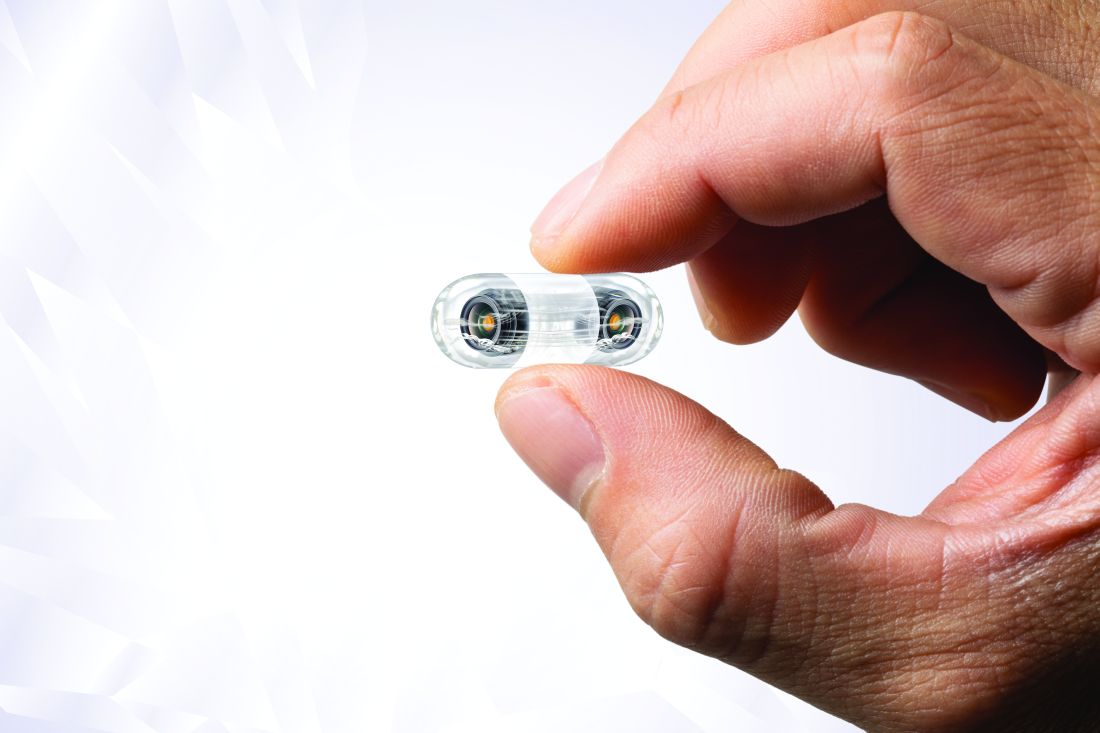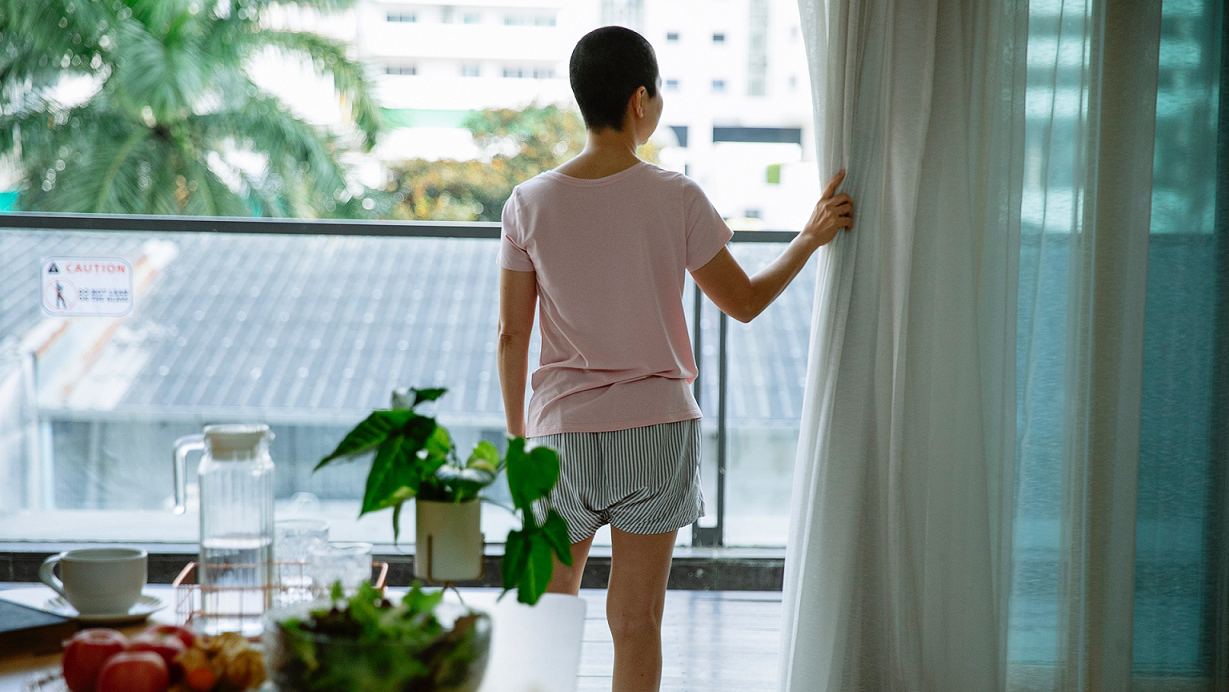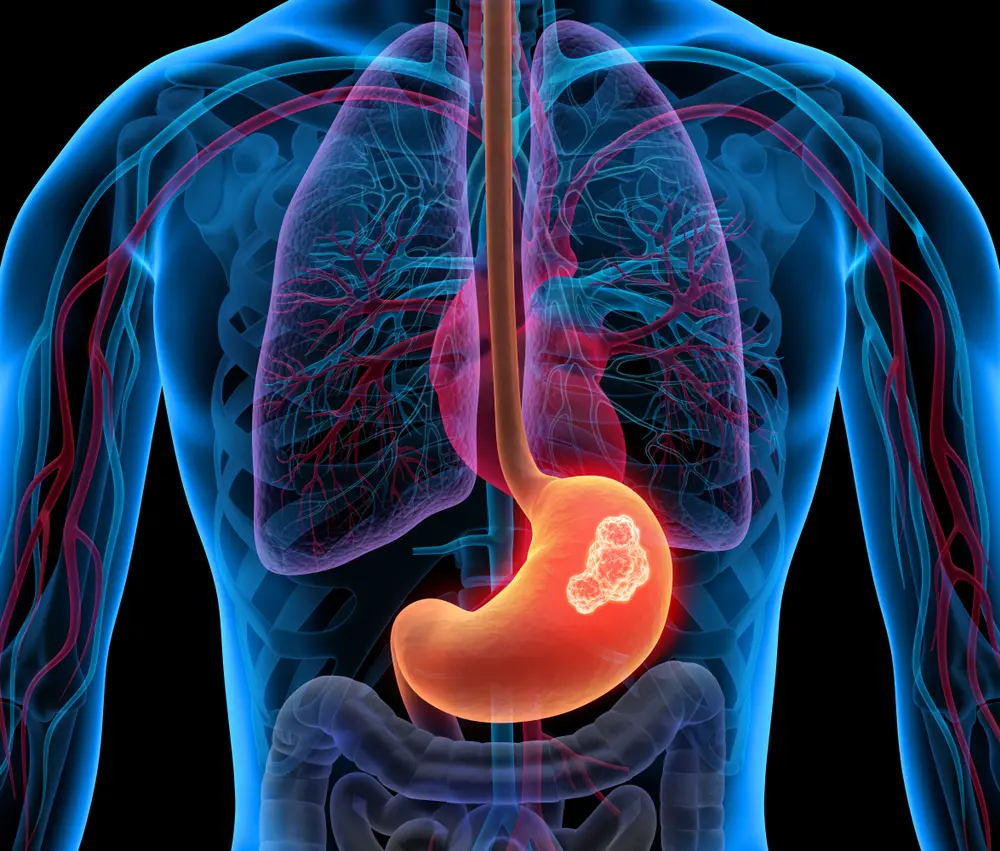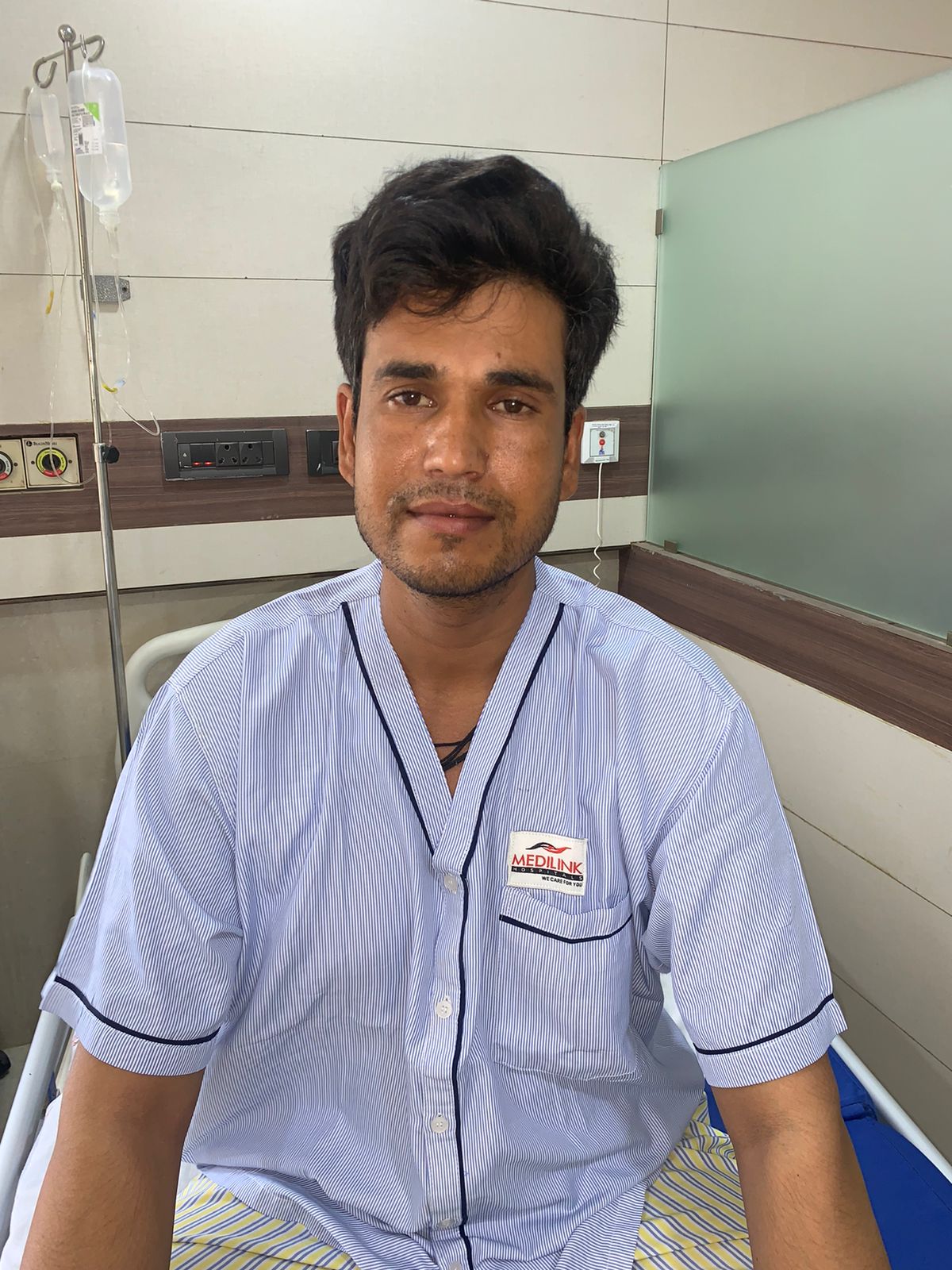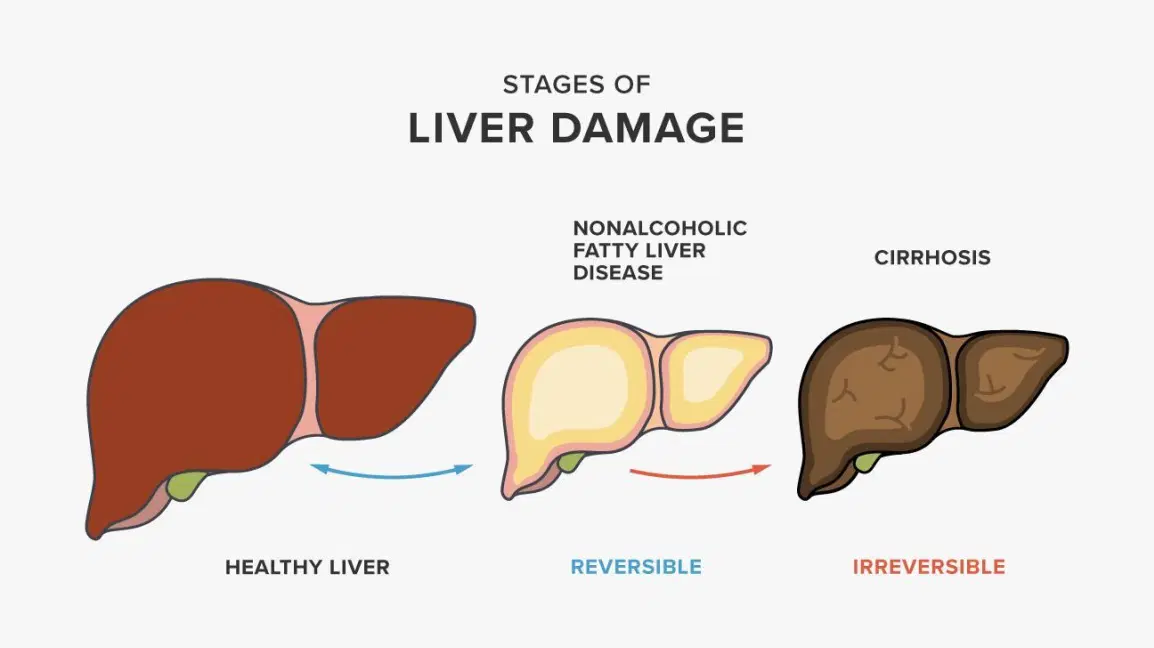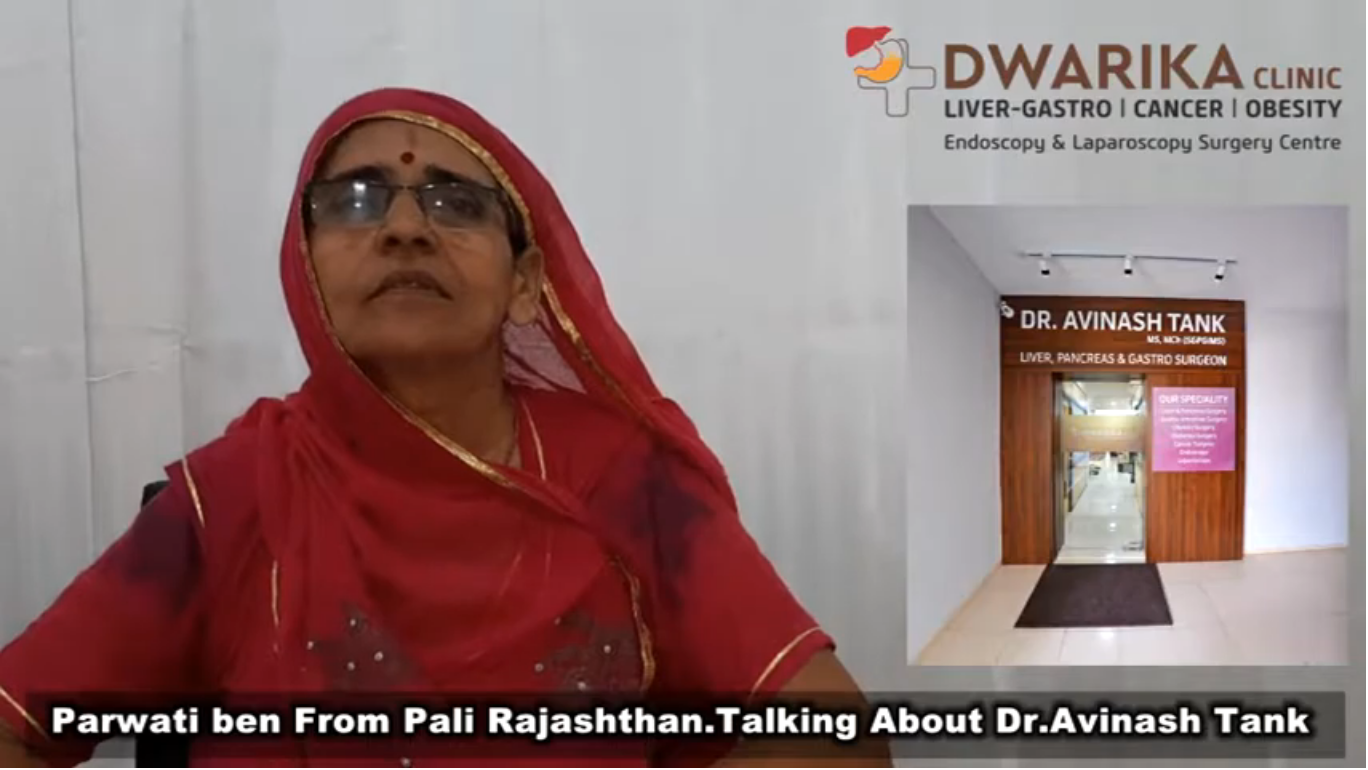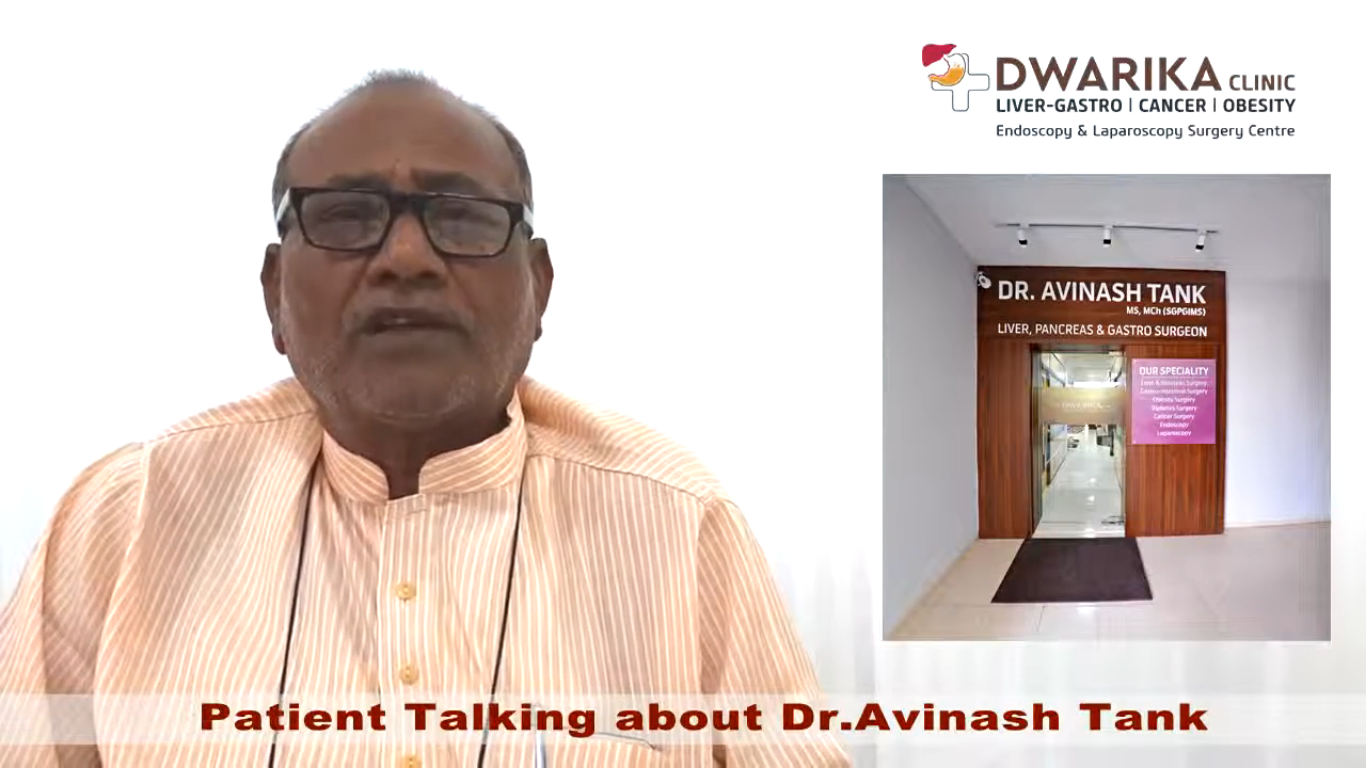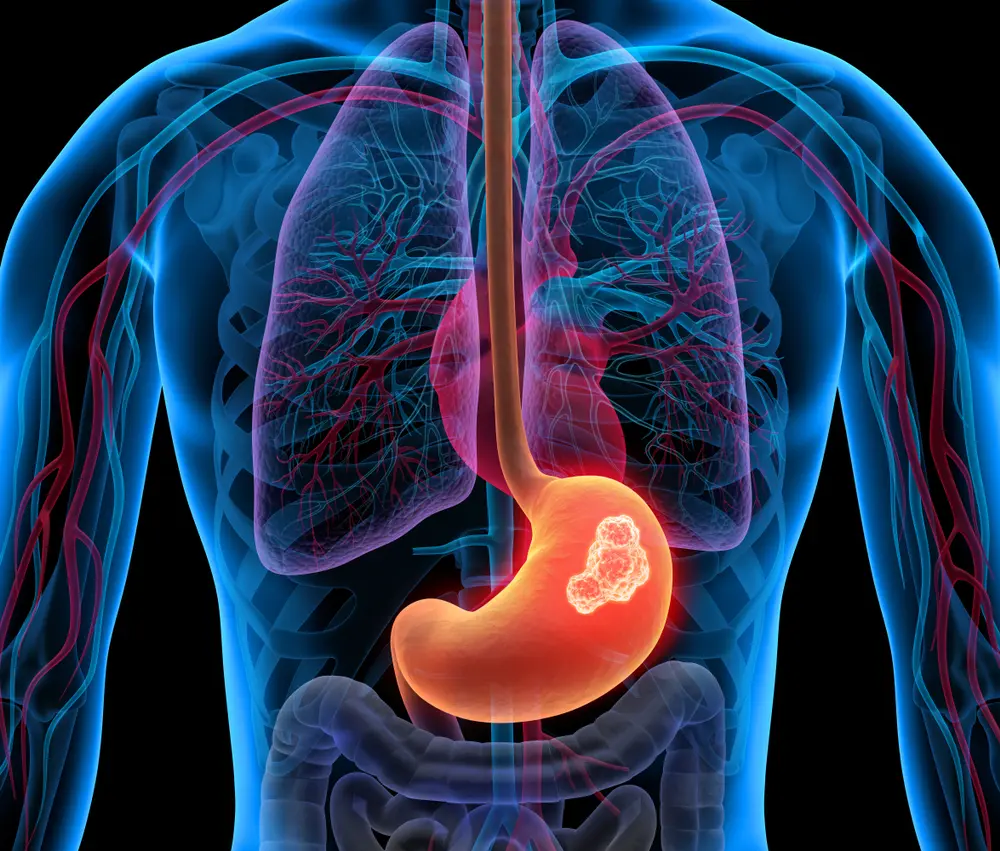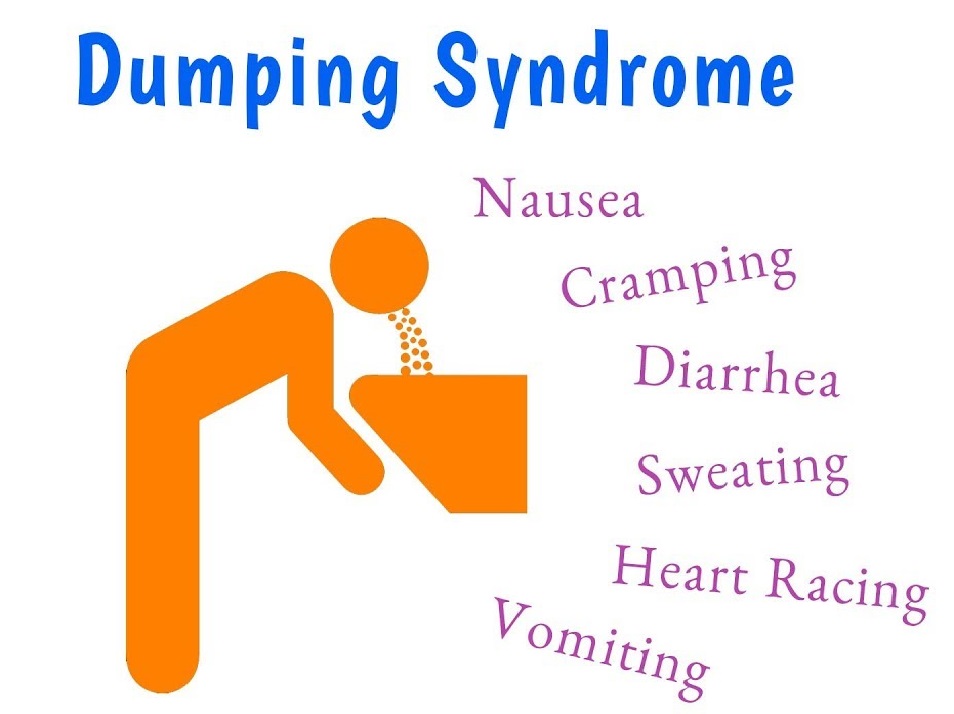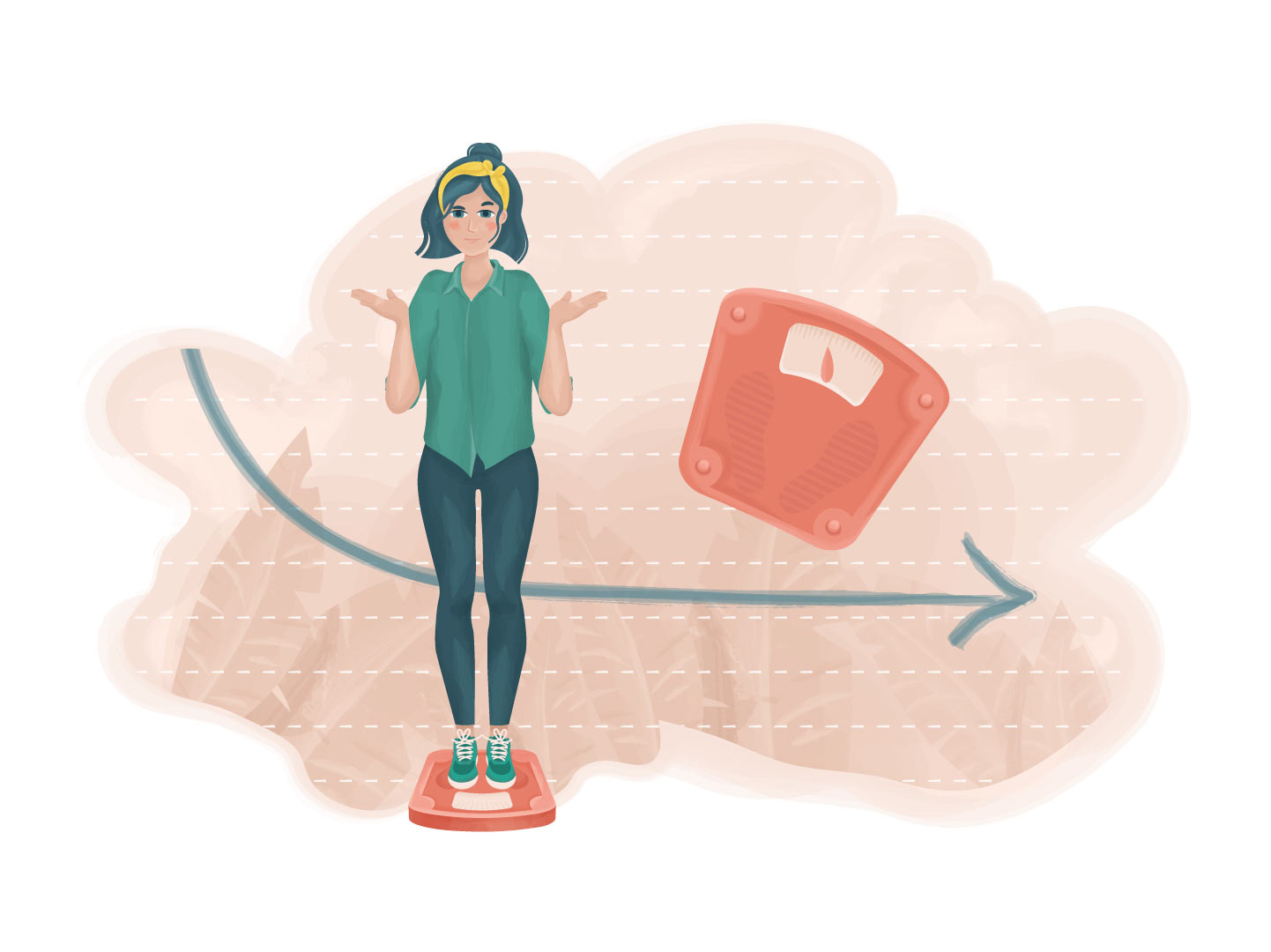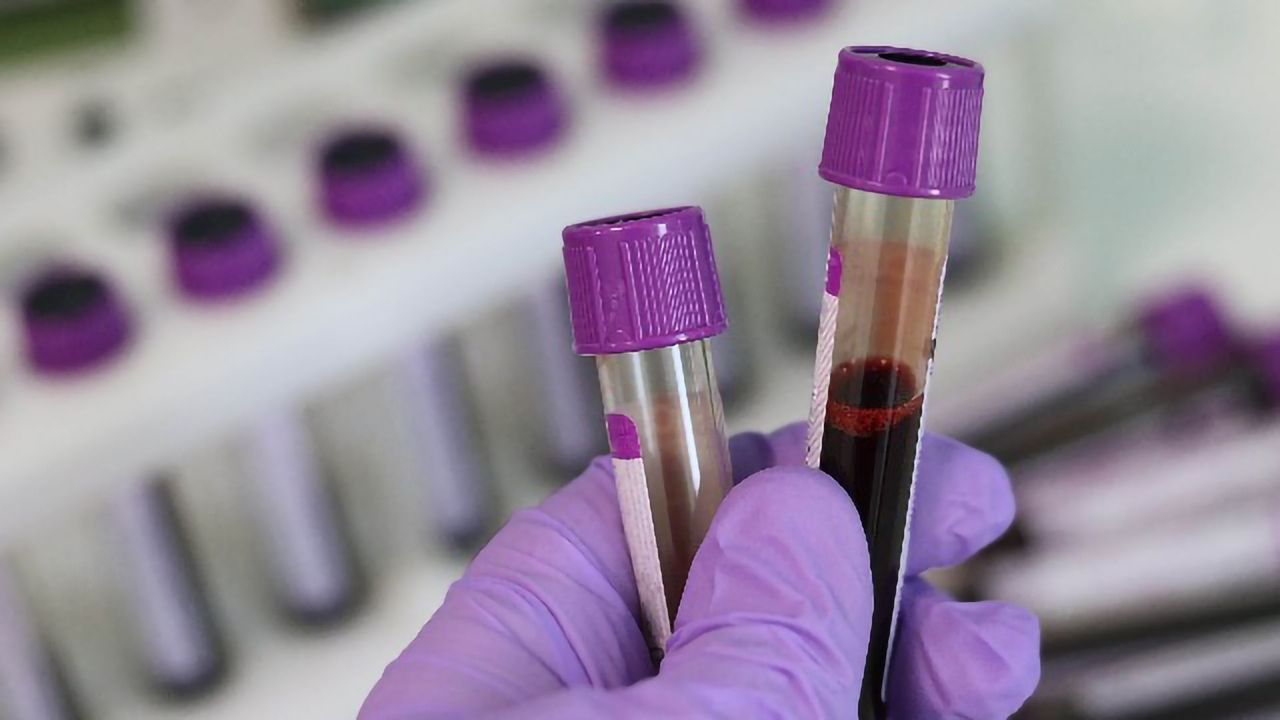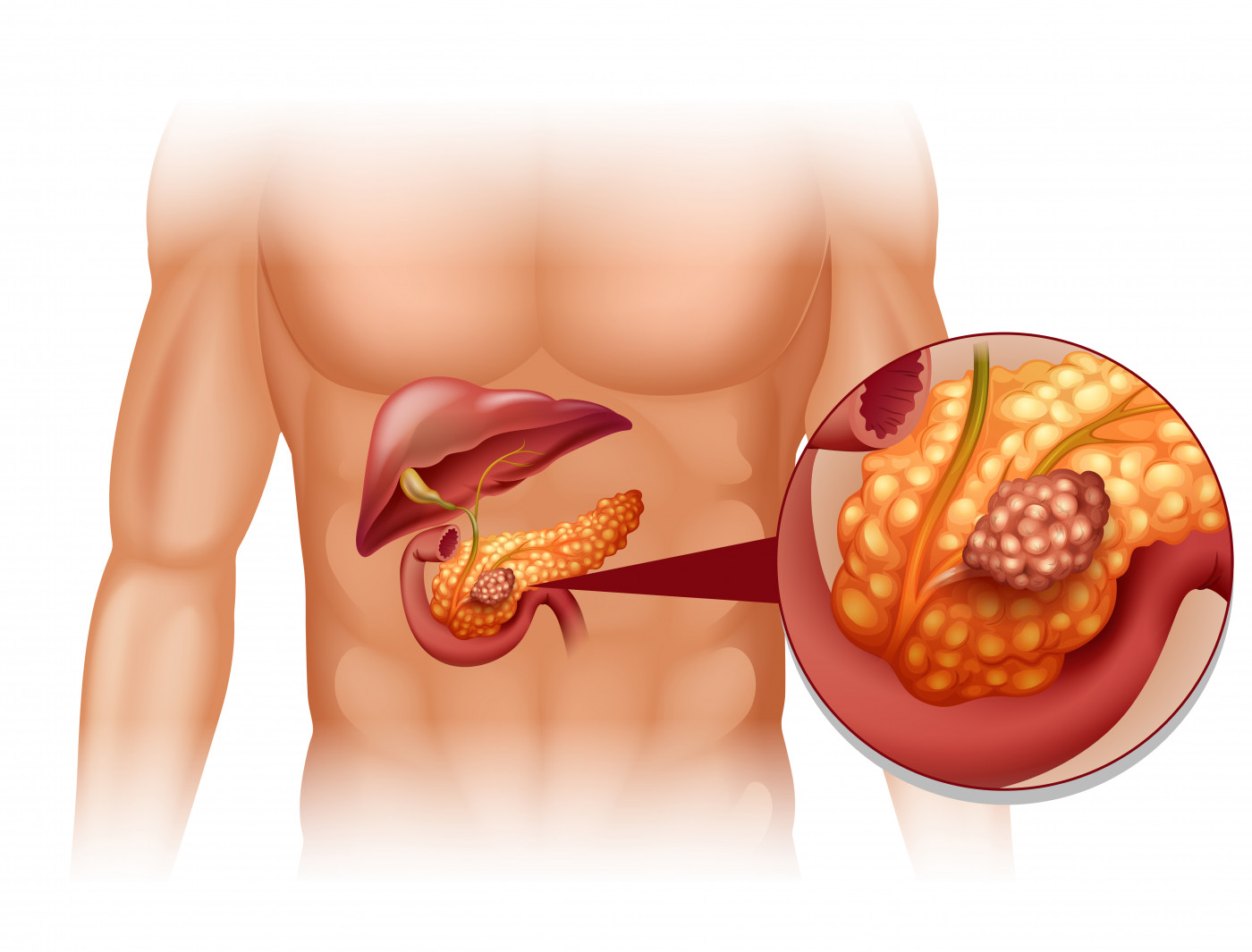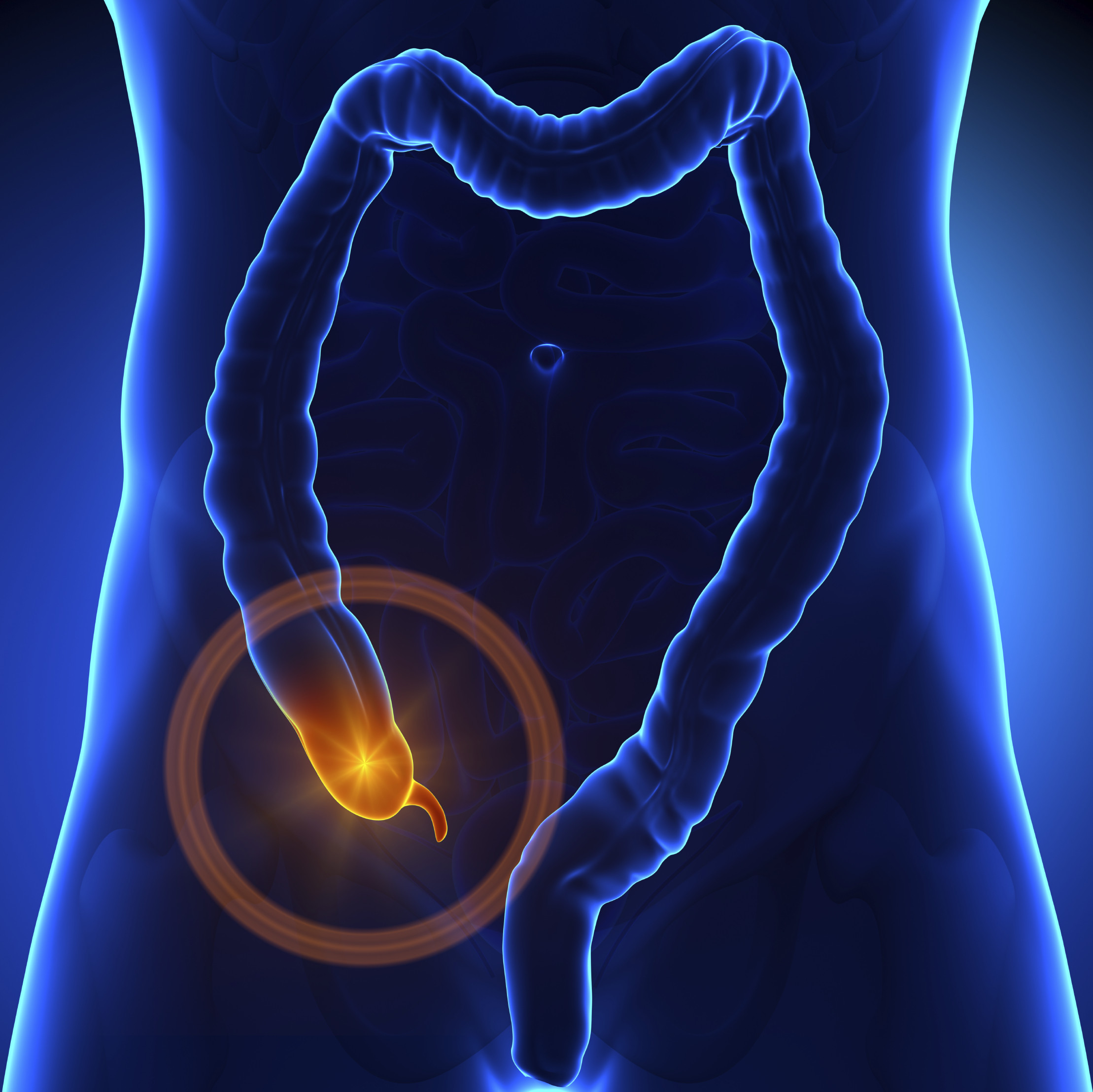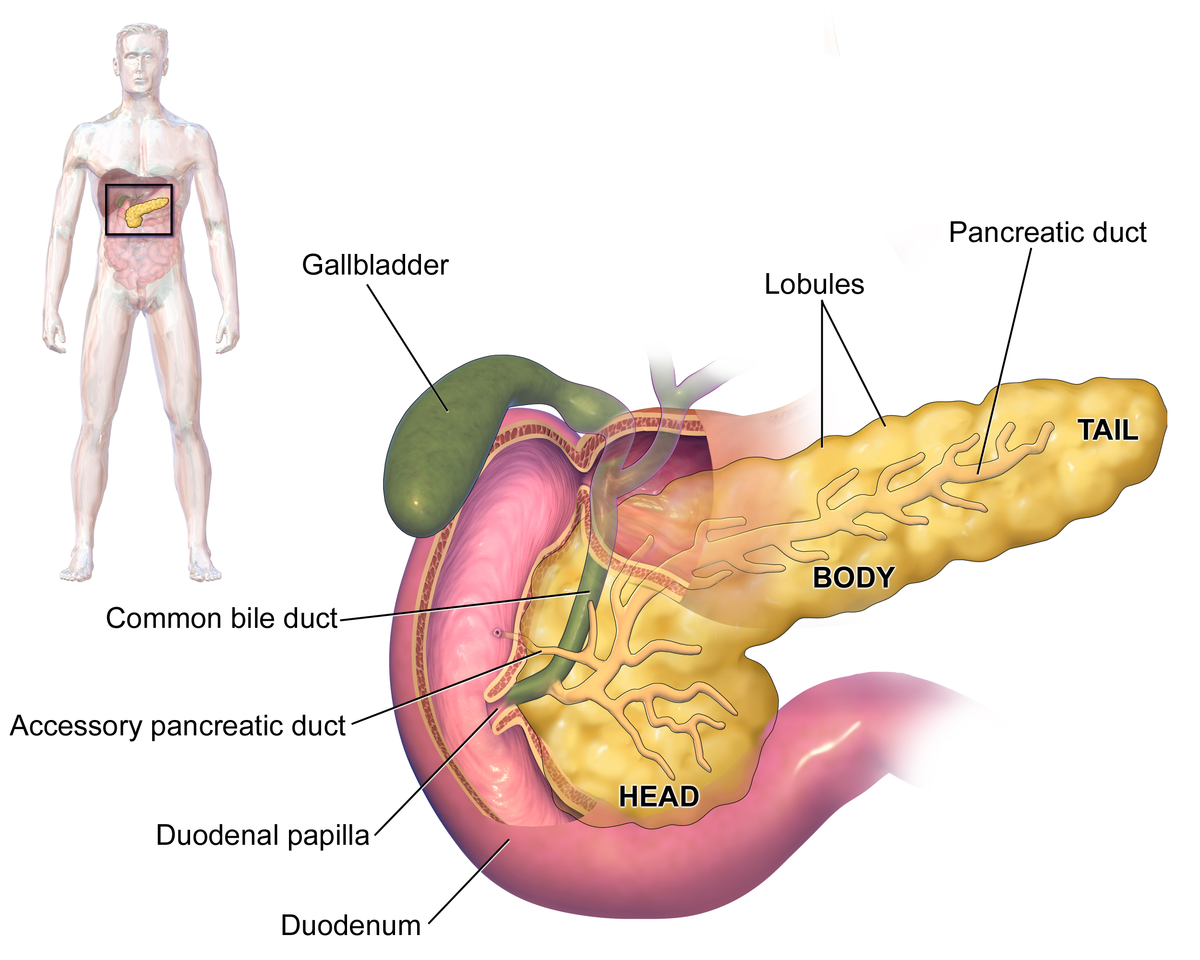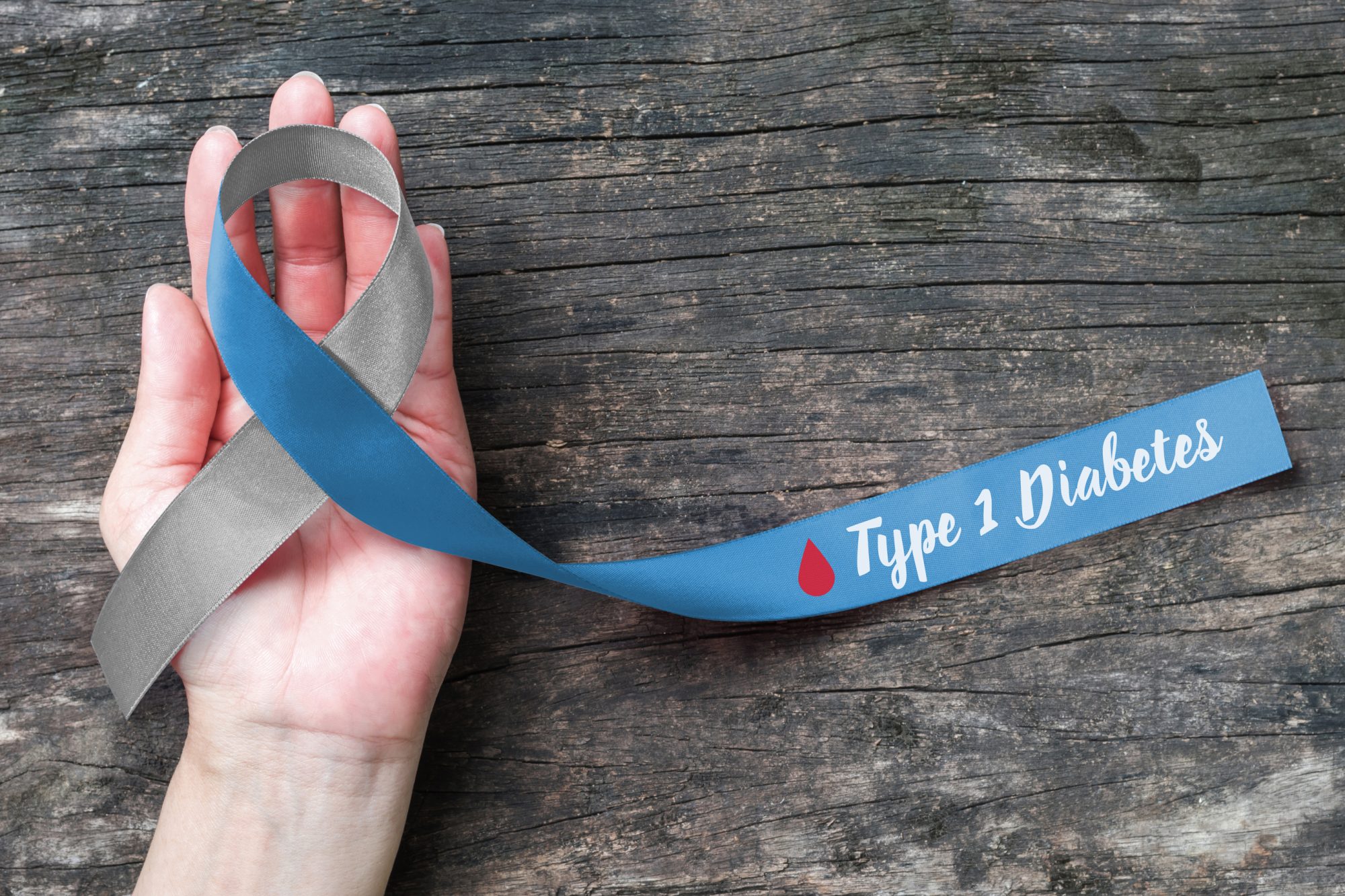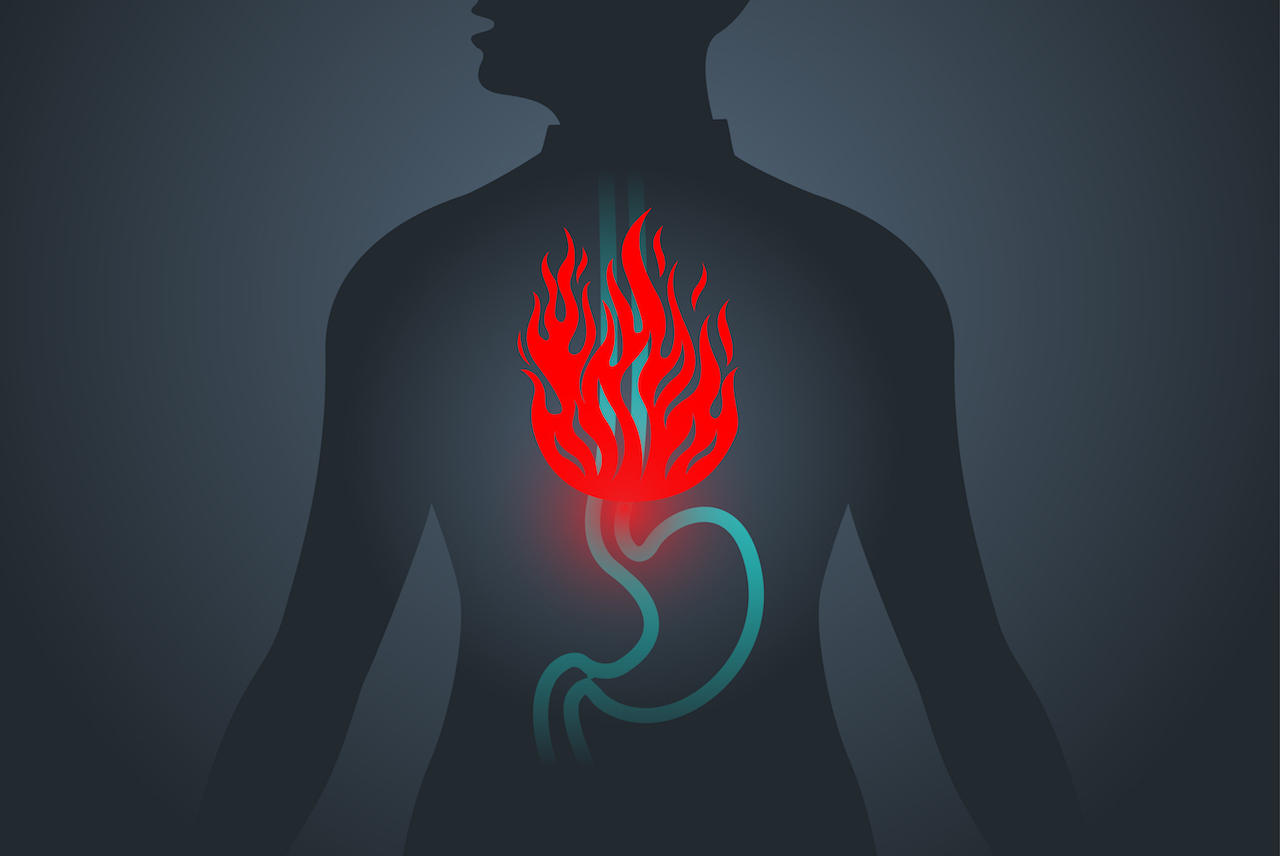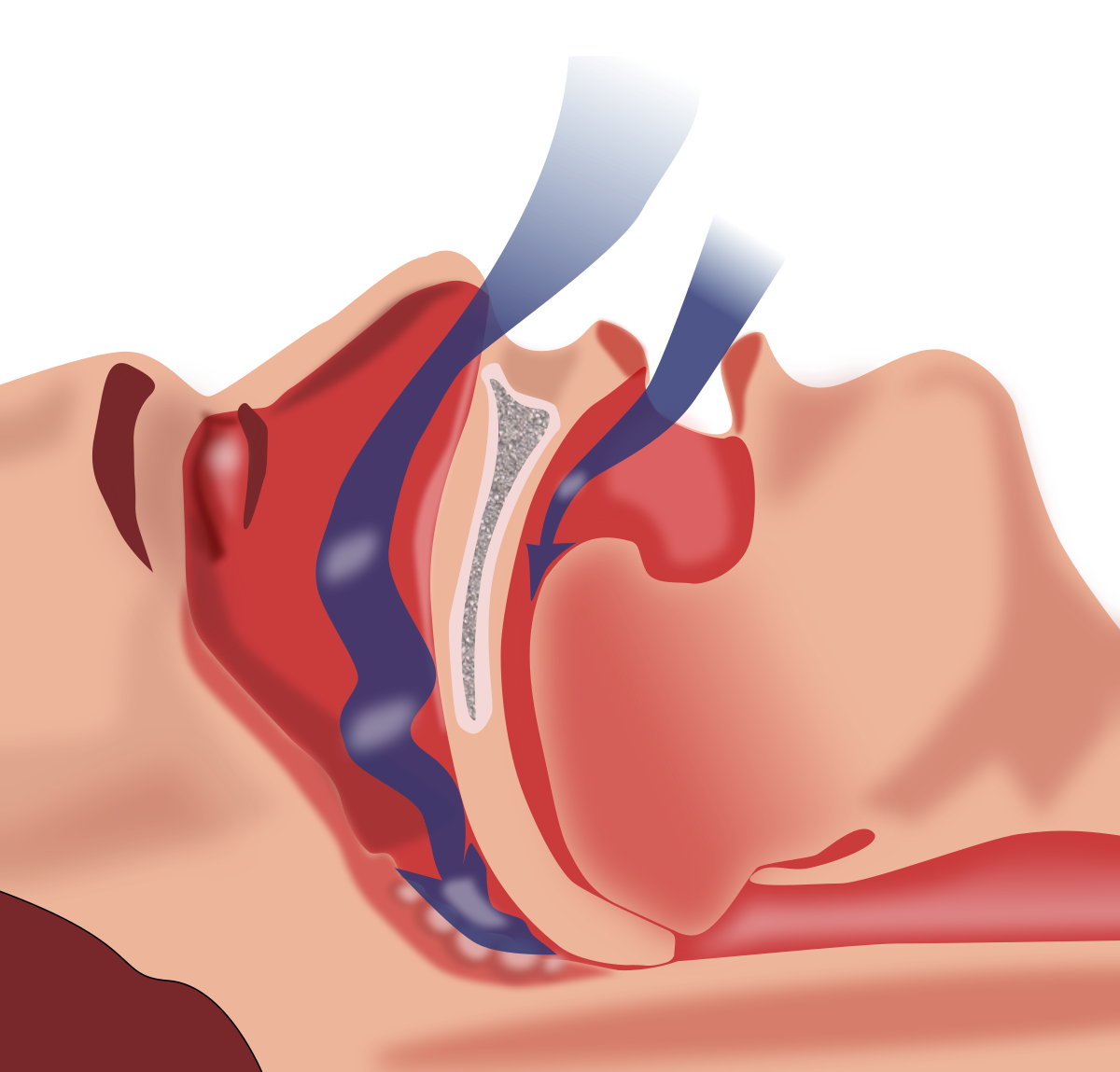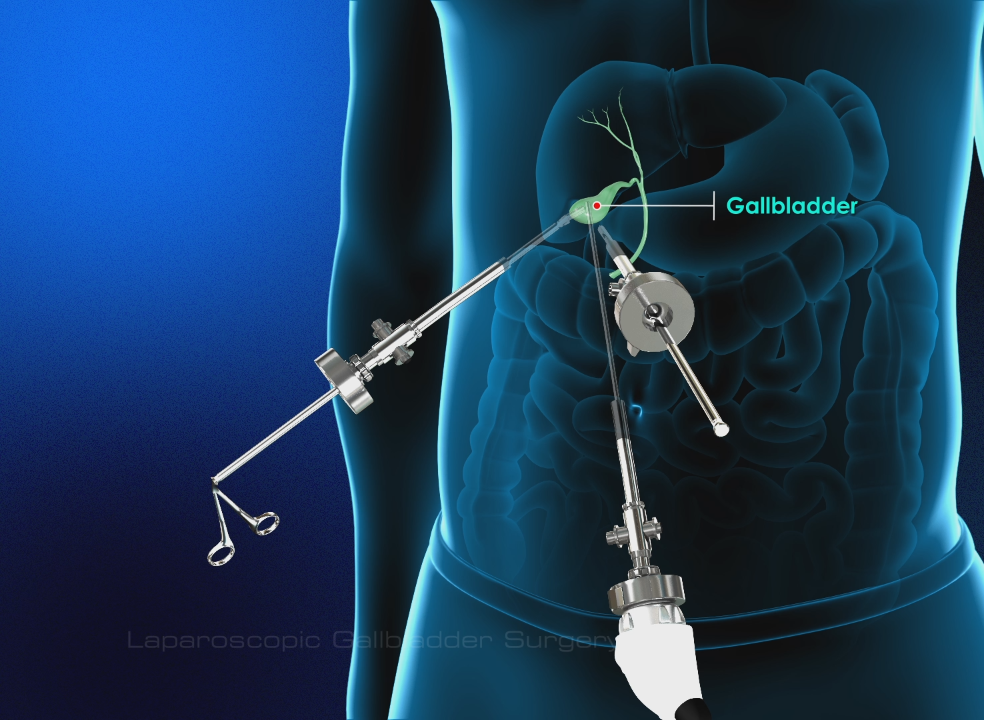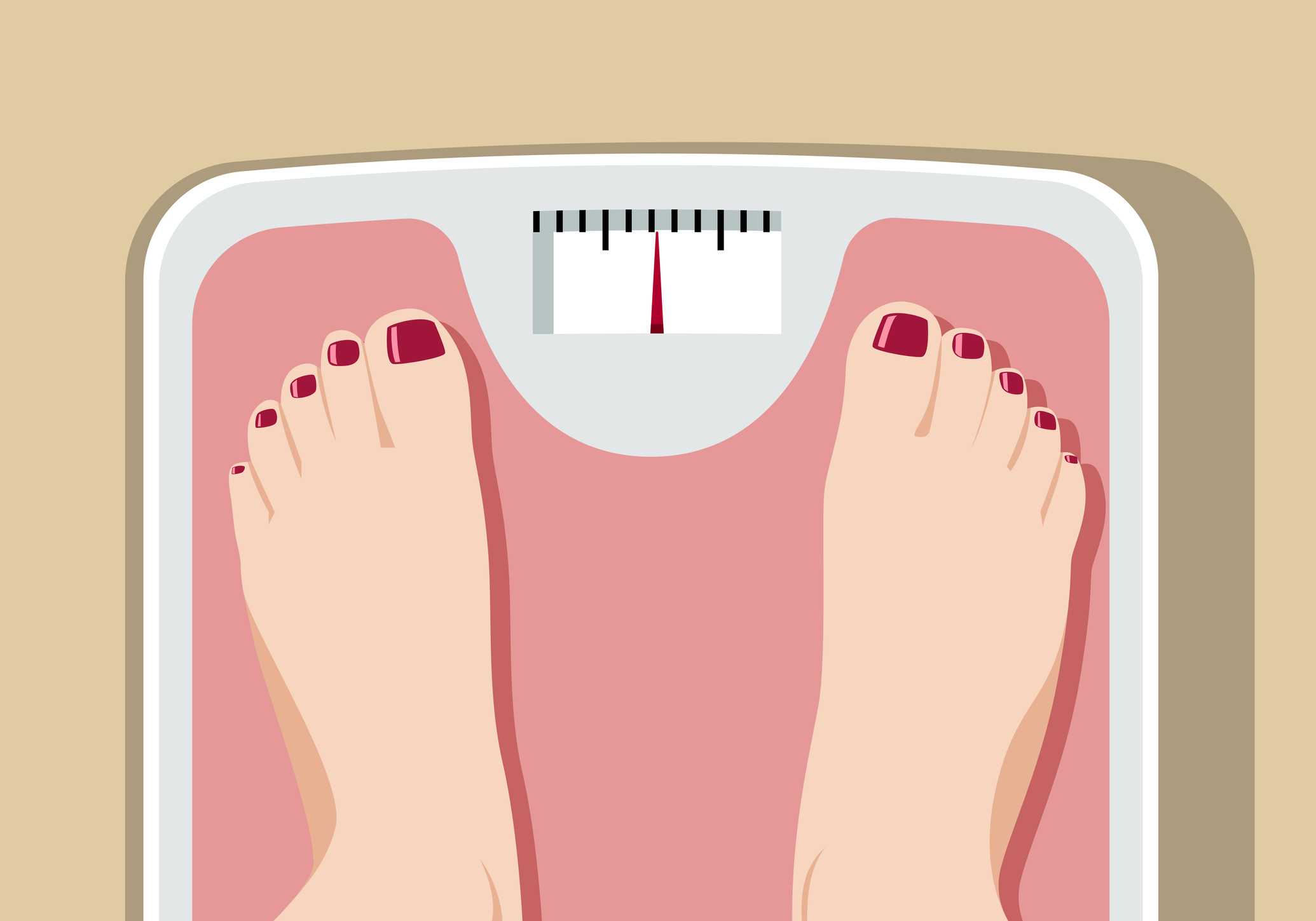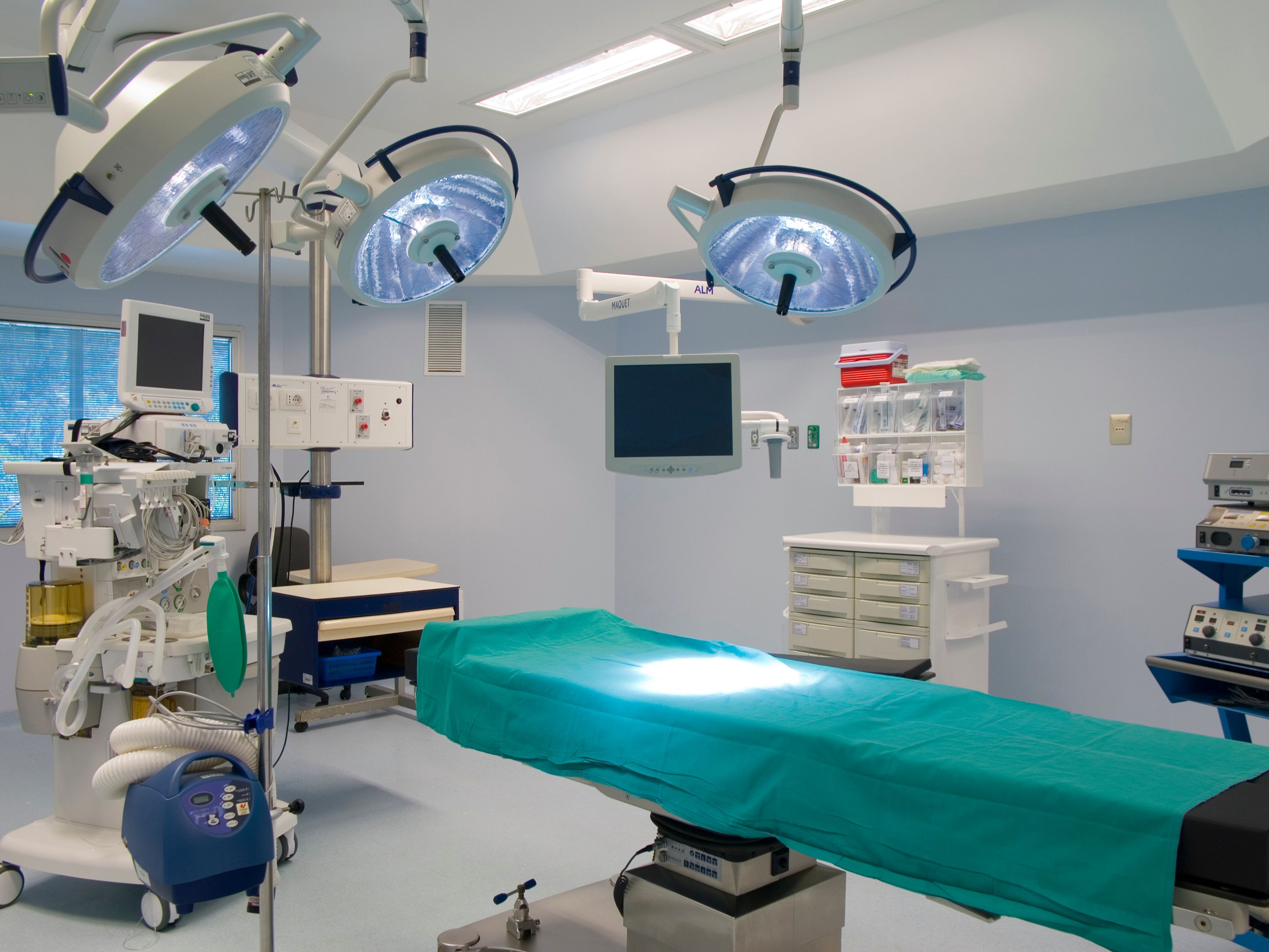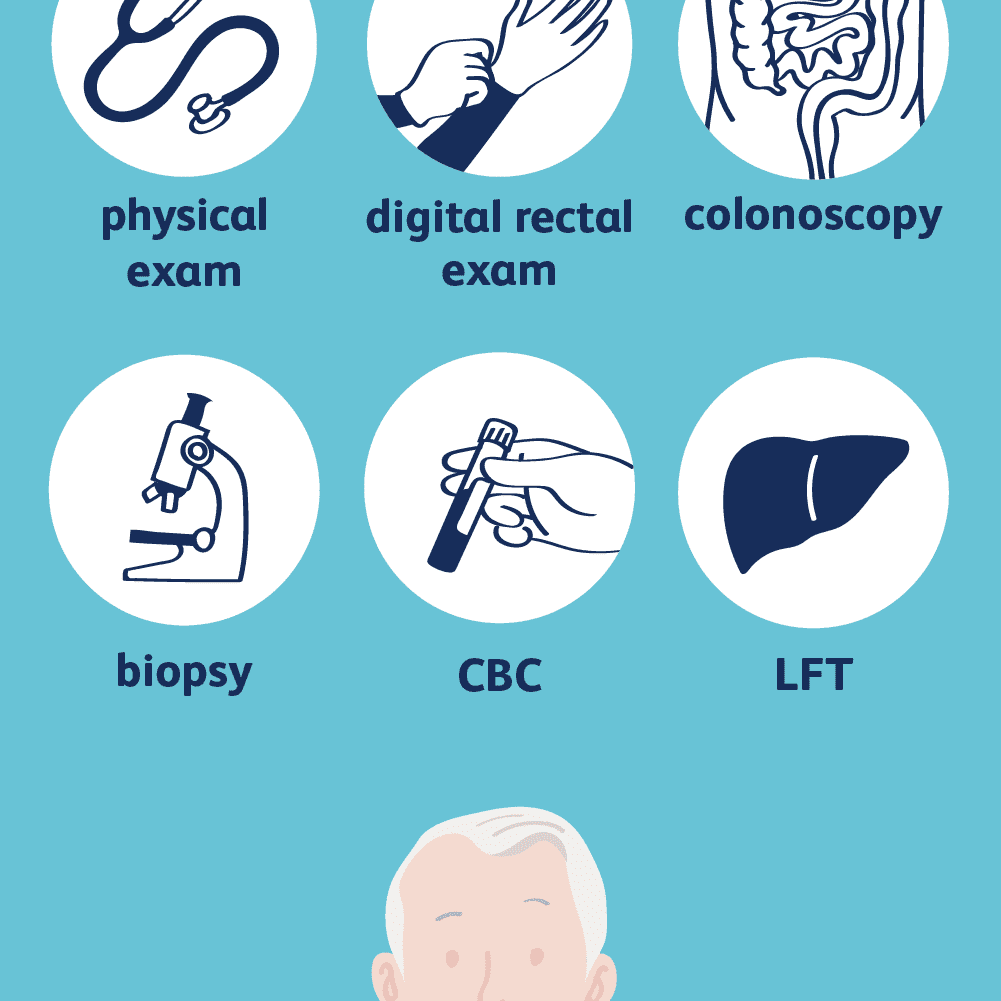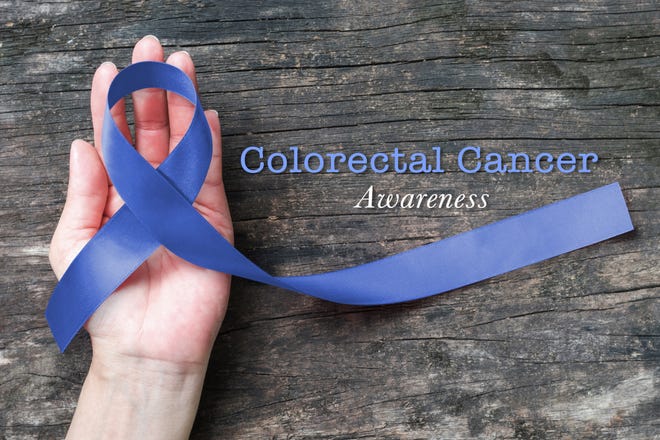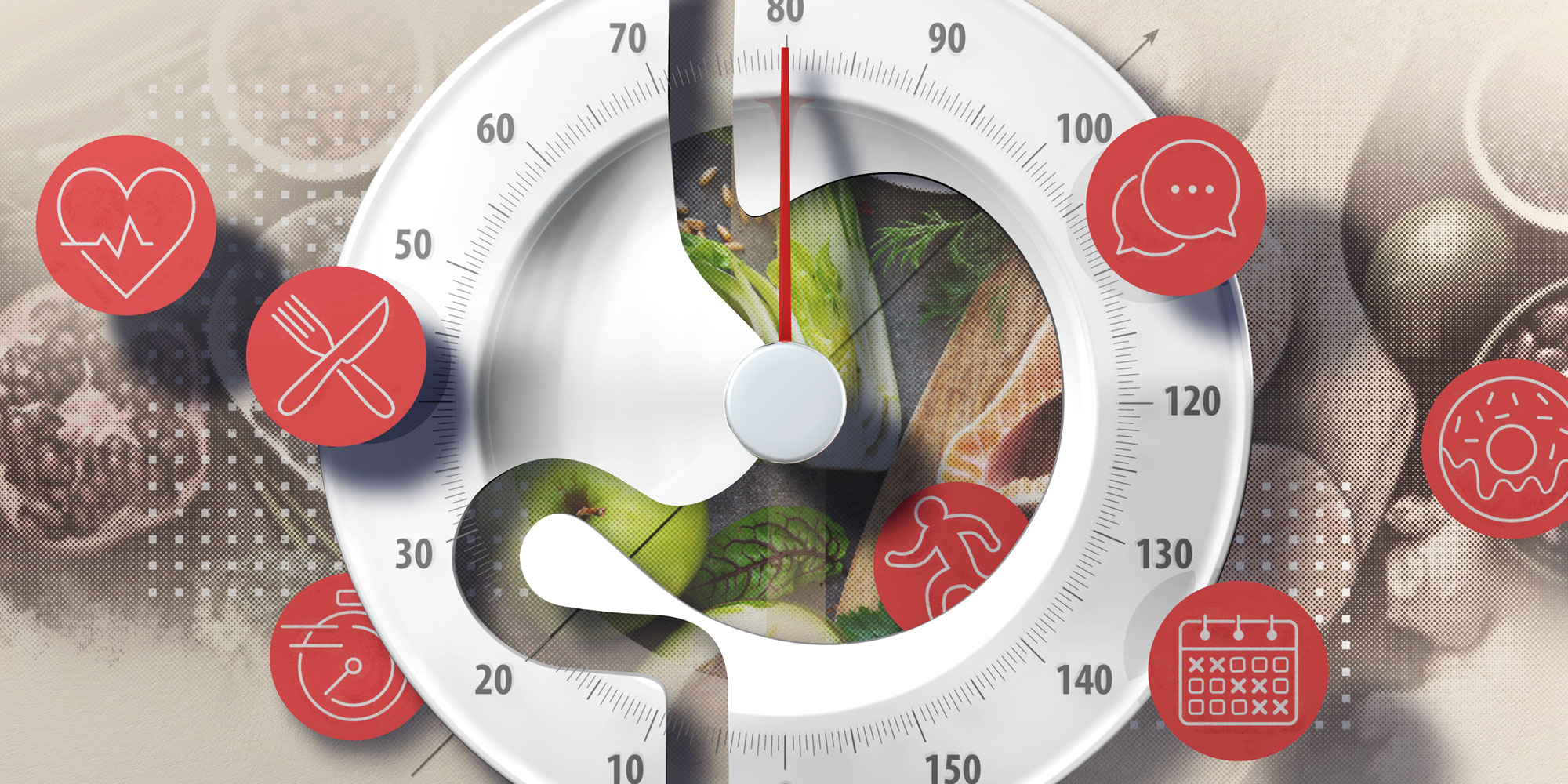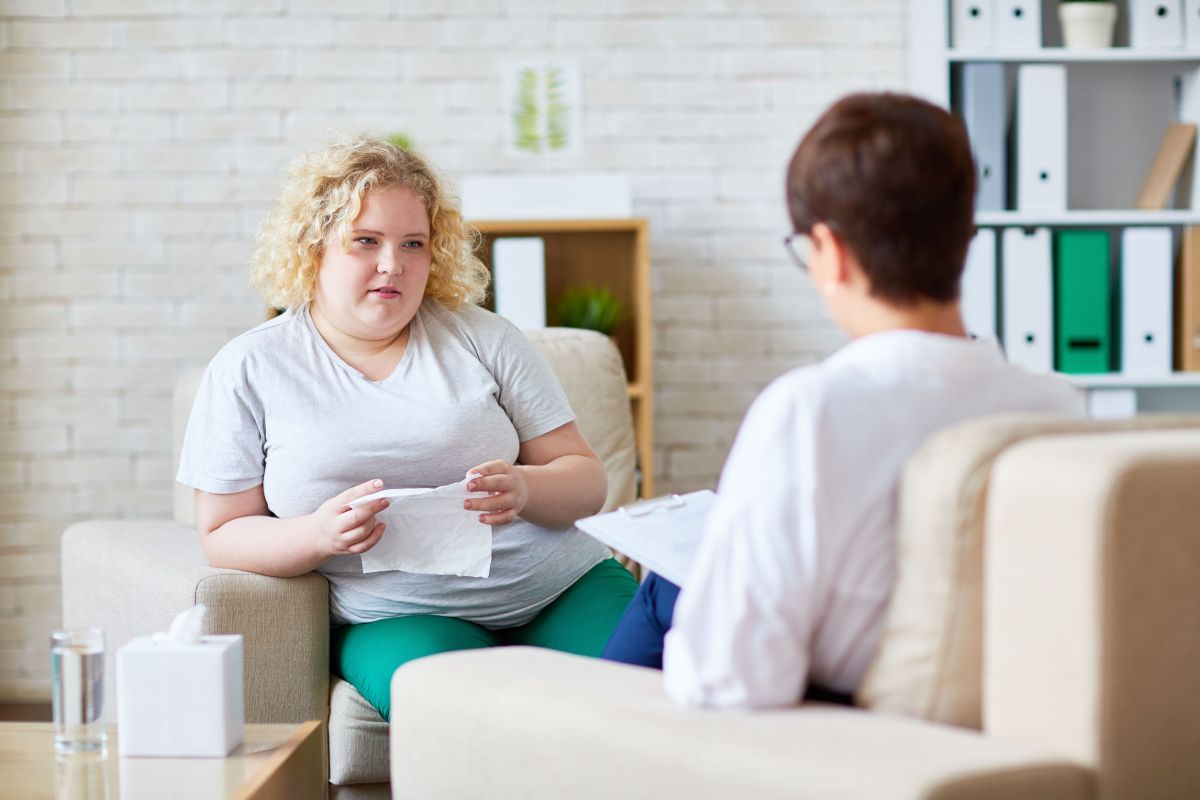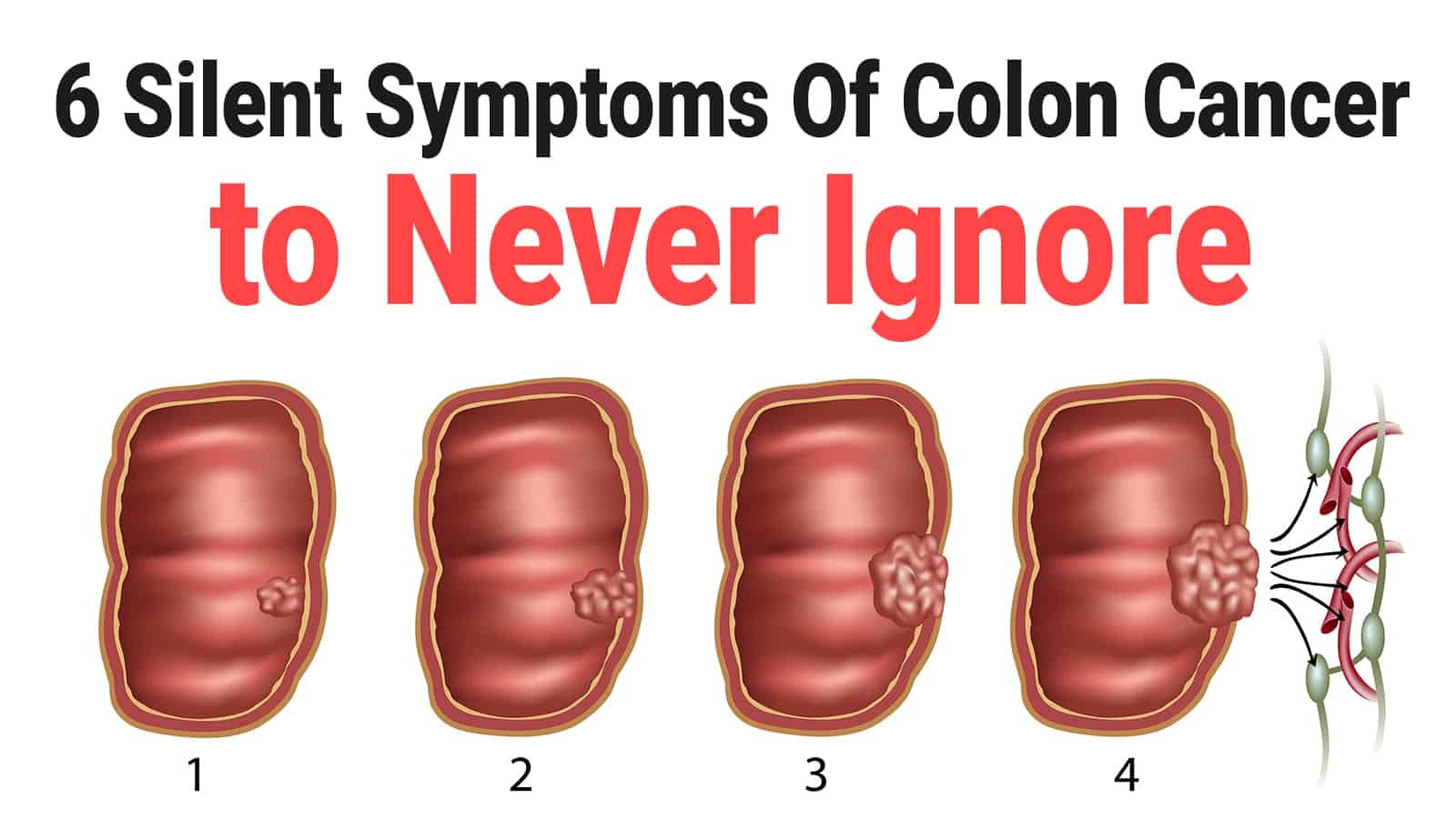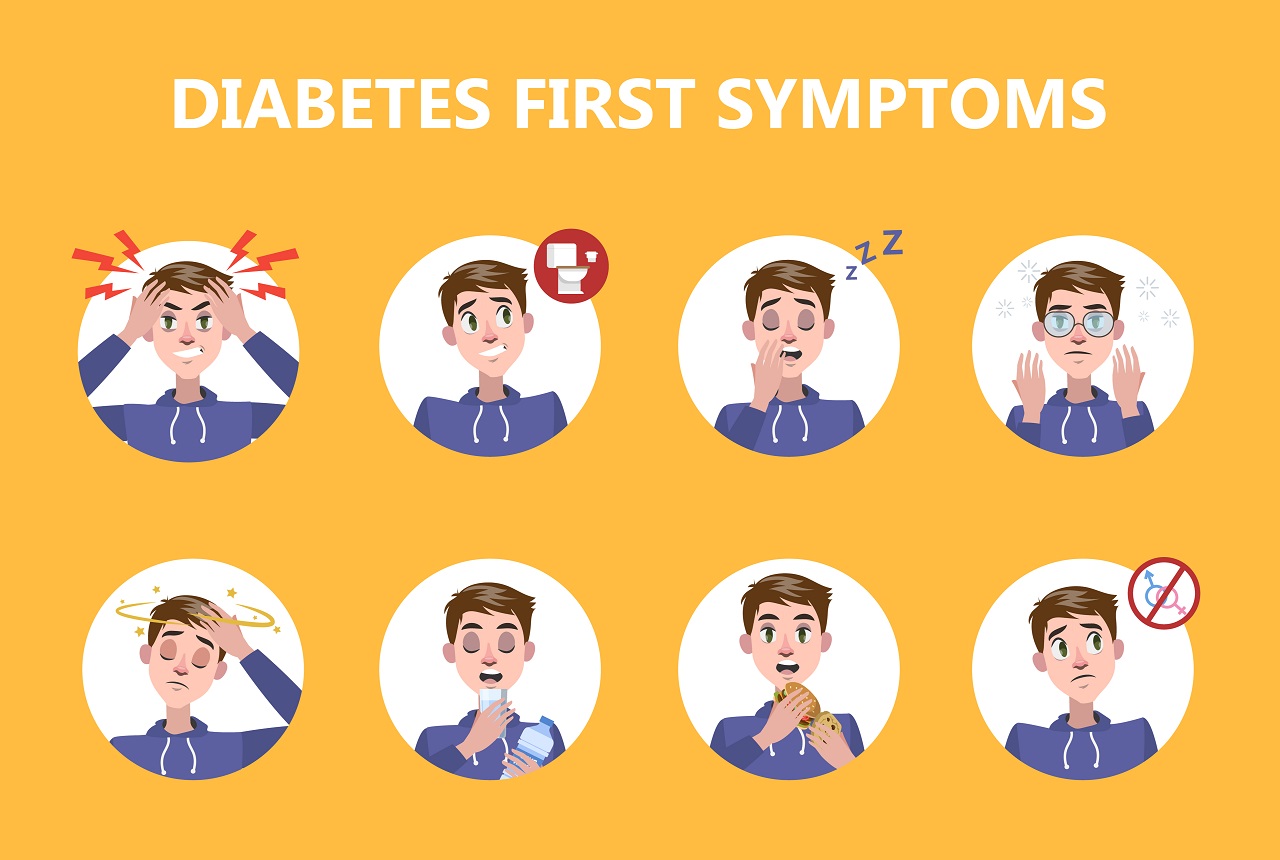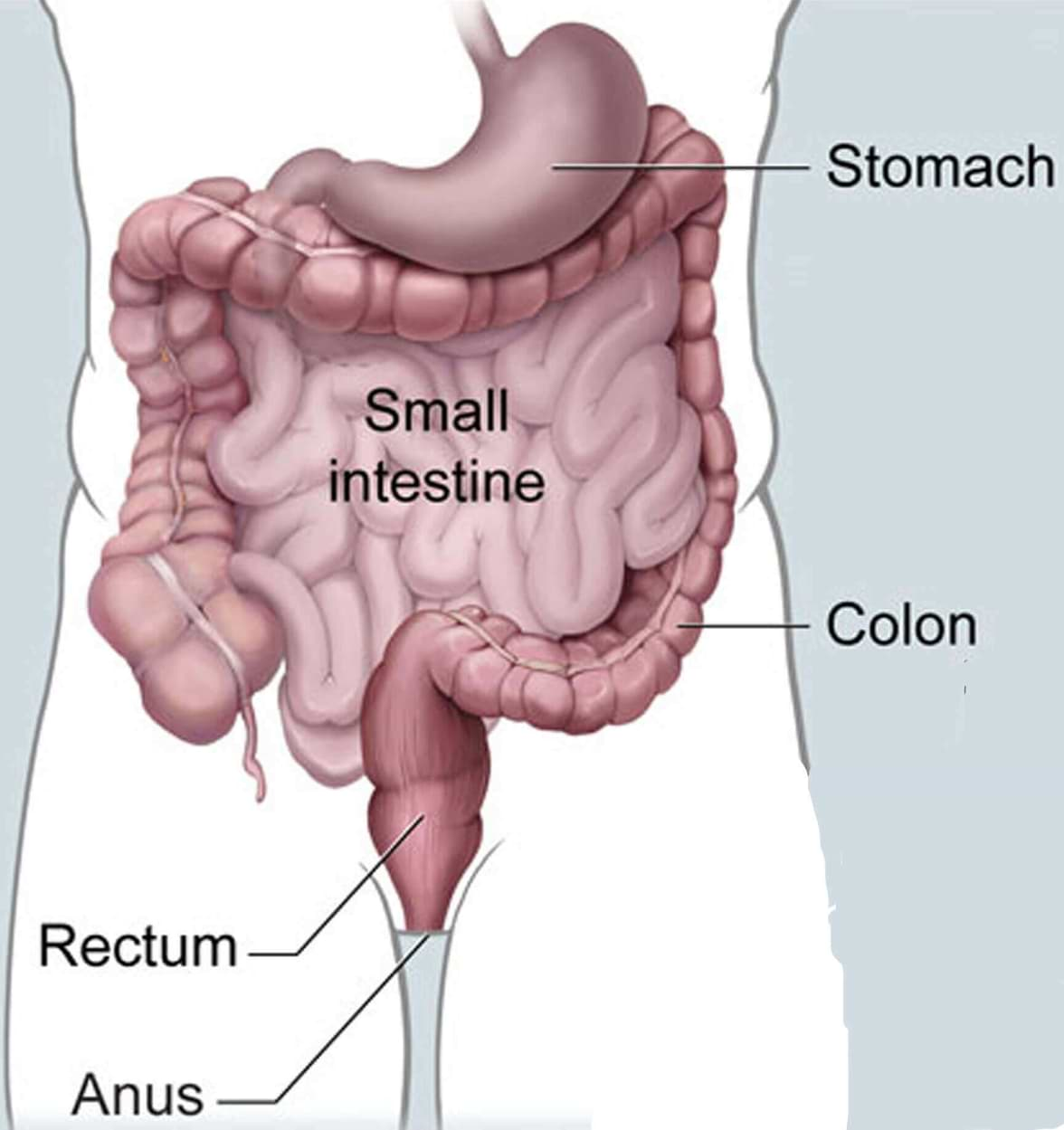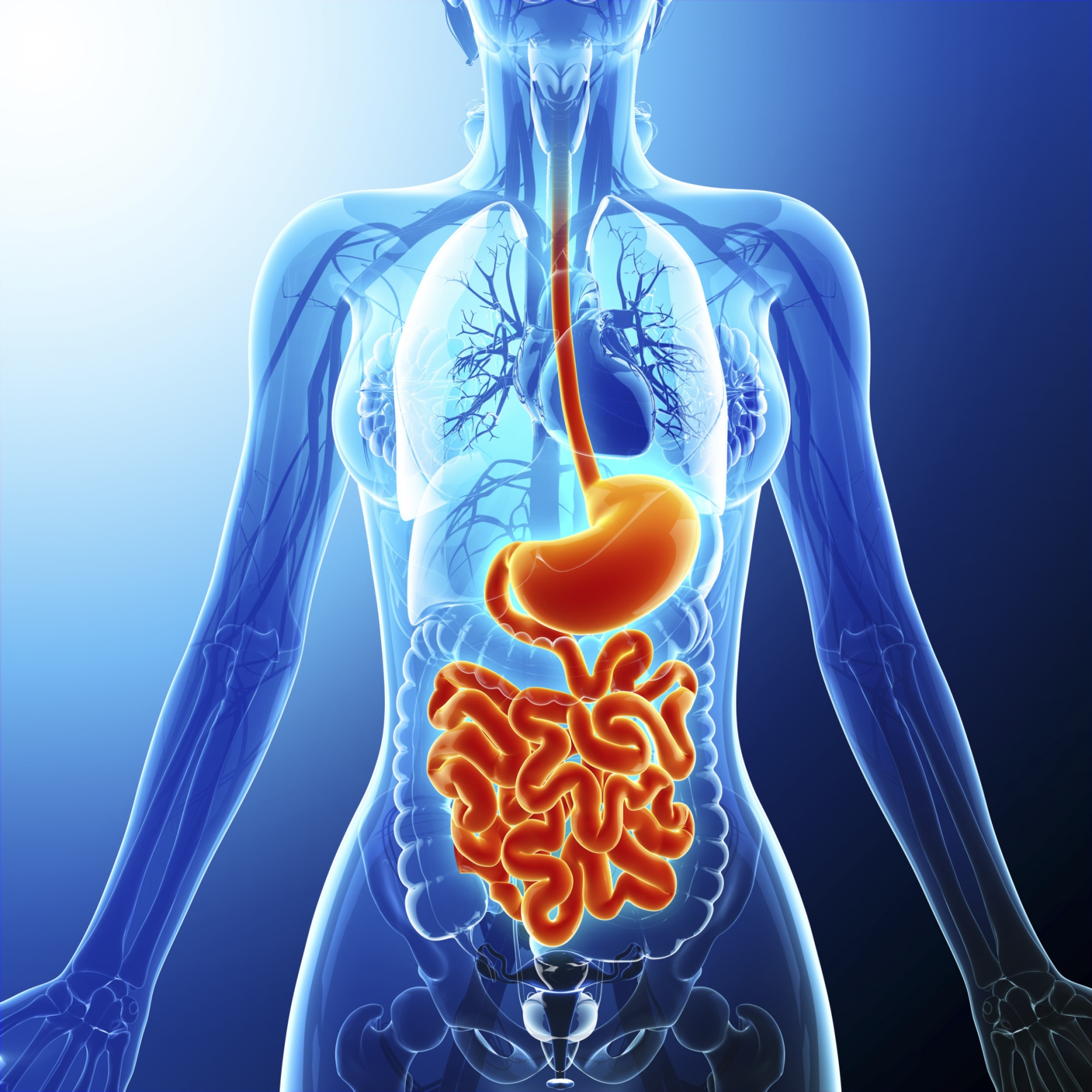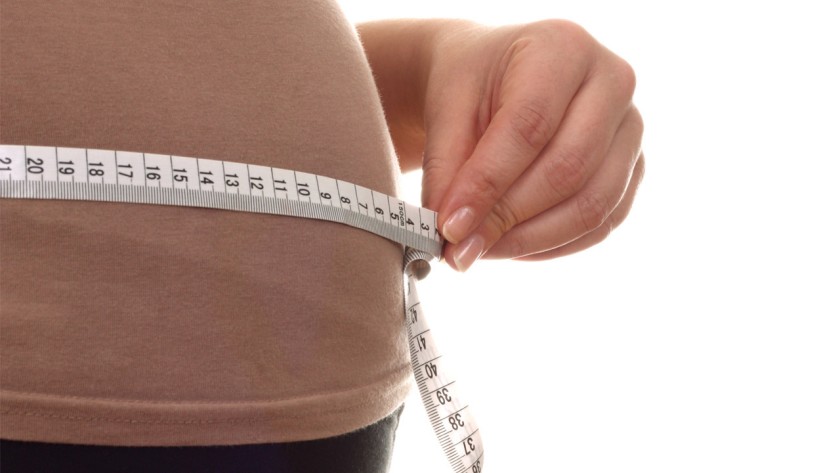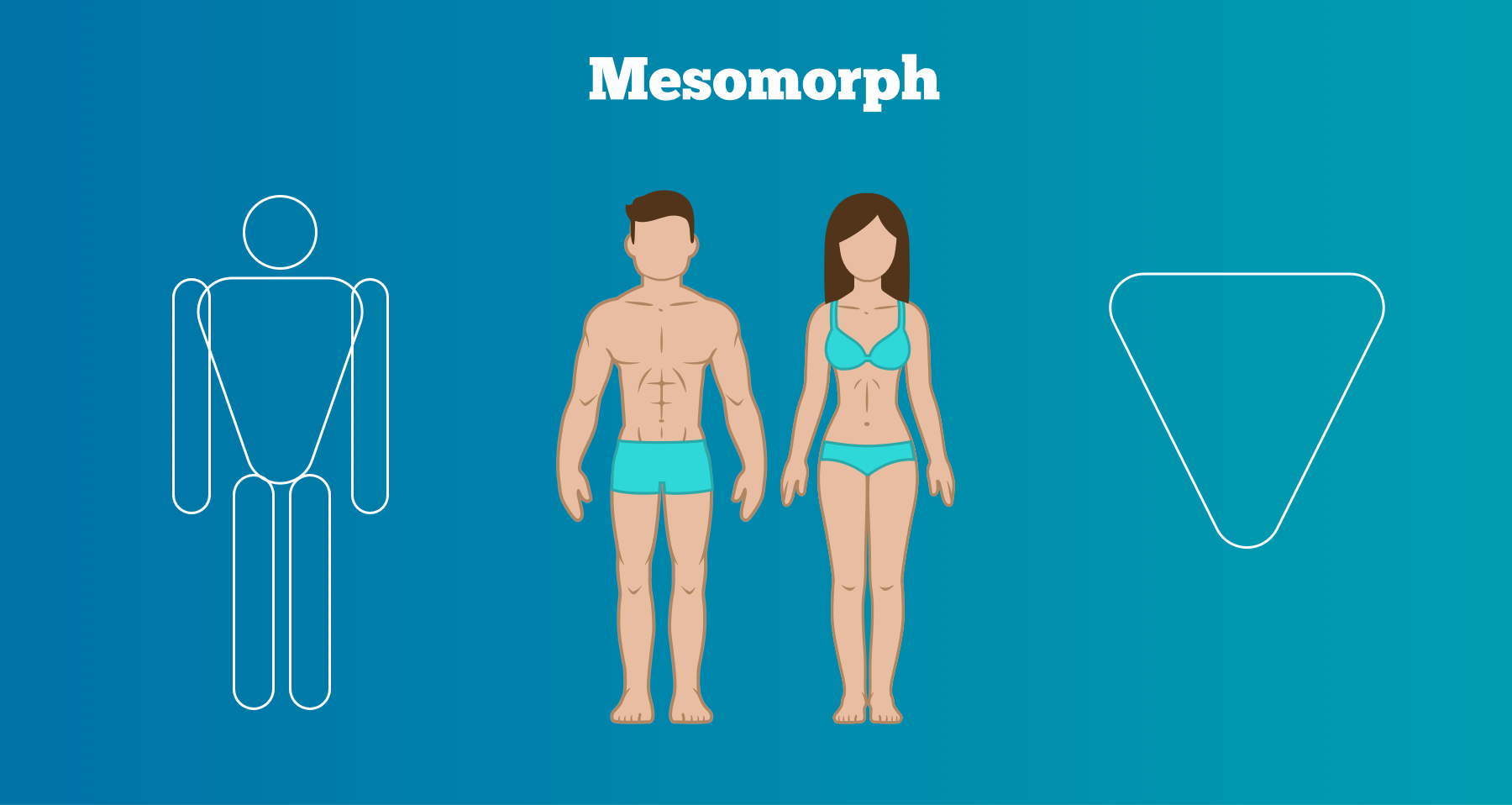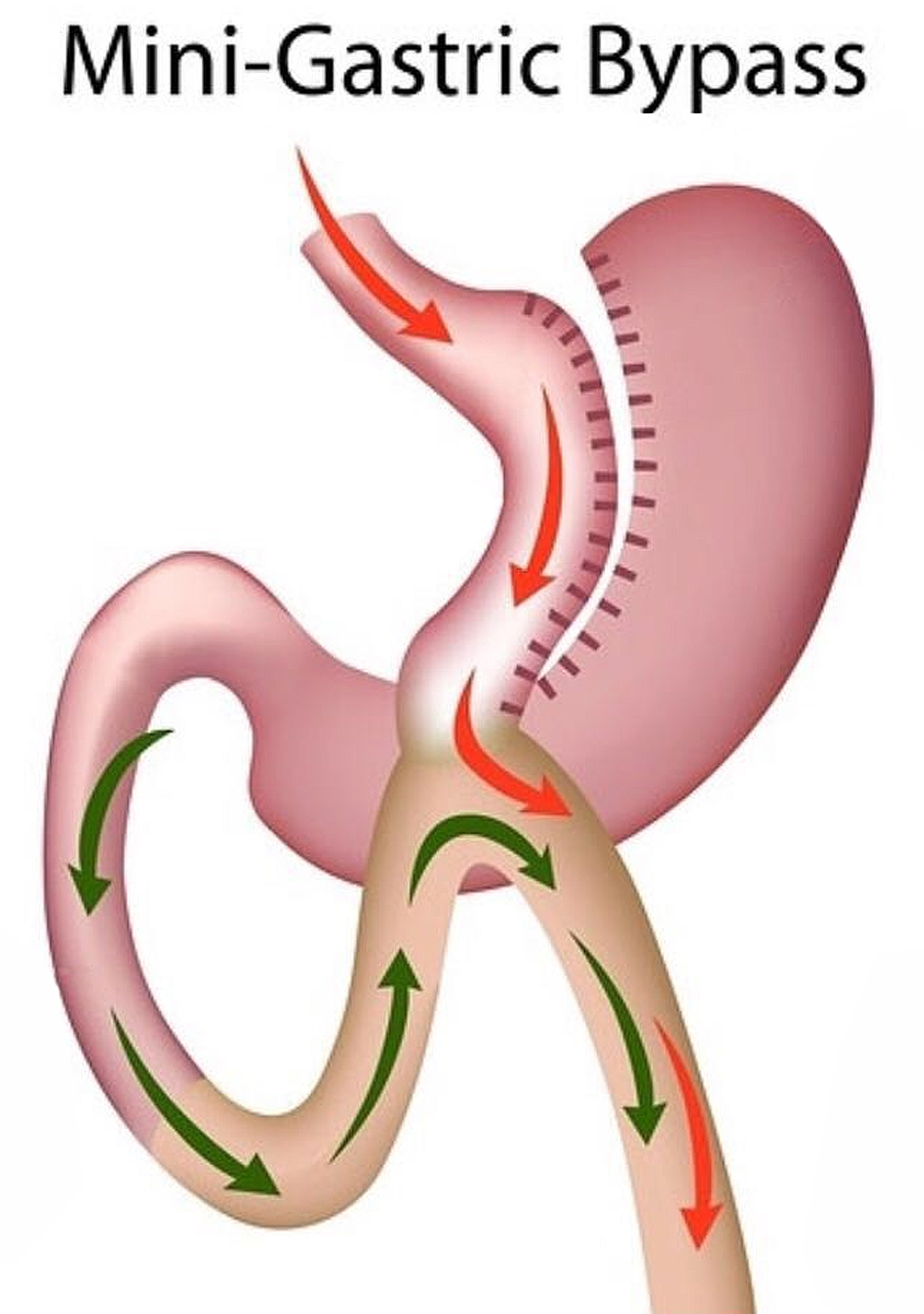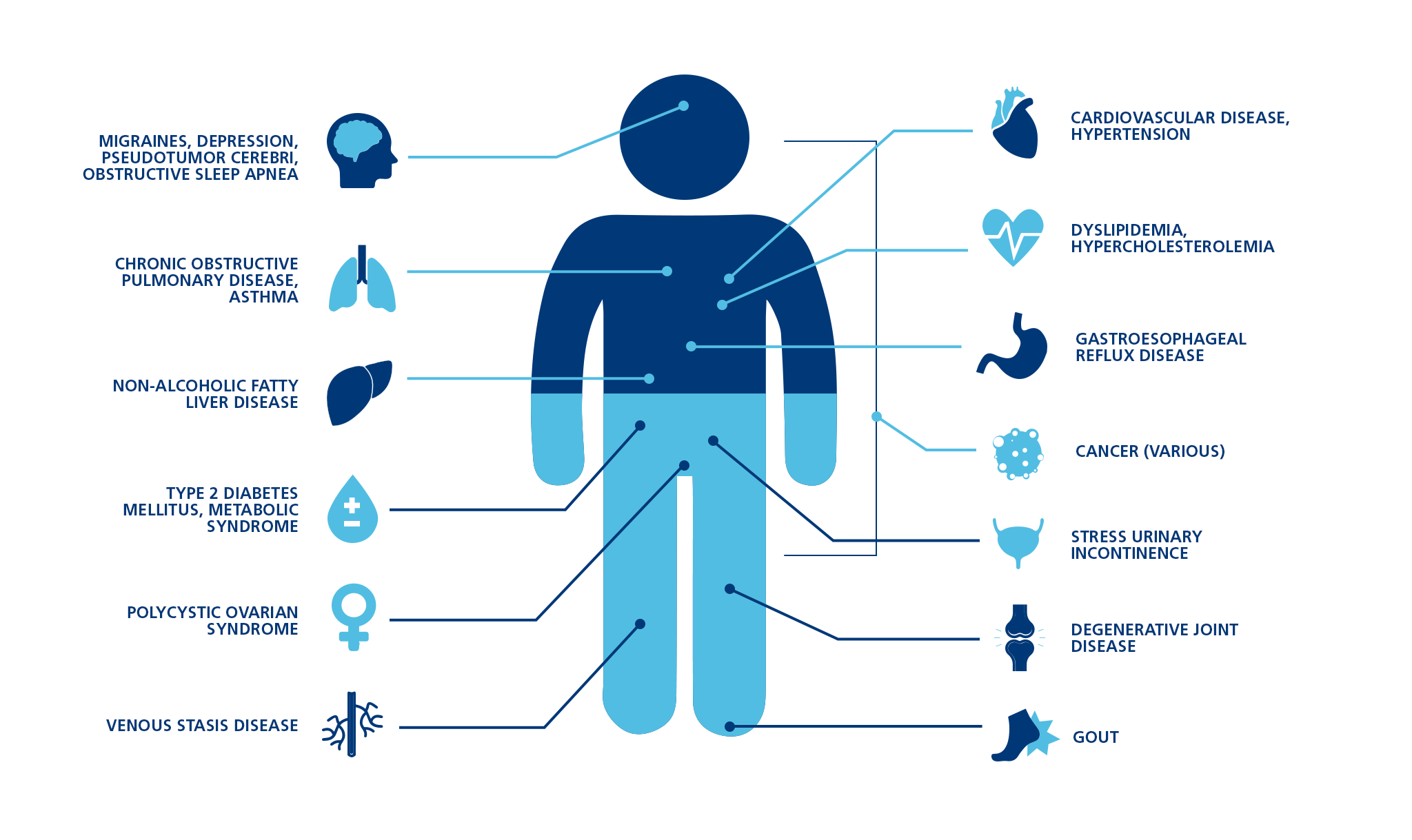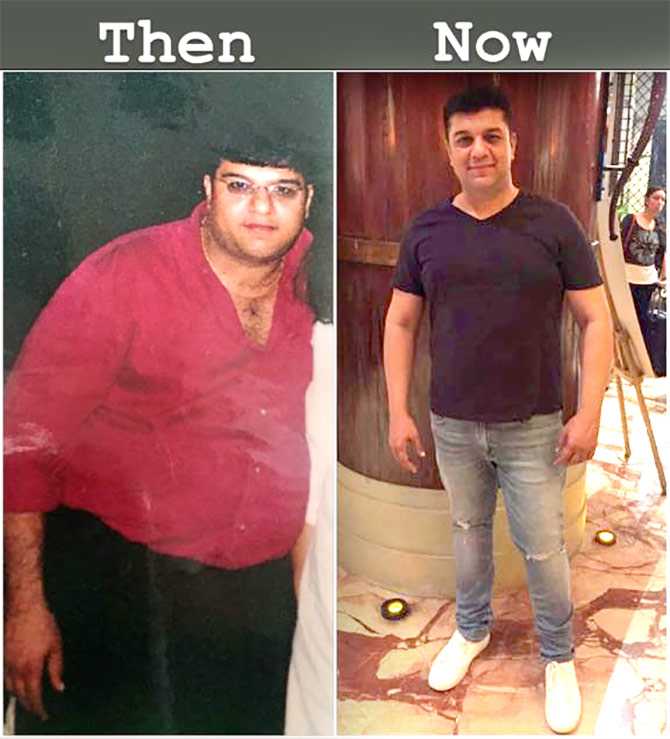Virtual COlonoscopy, VIRTUAL COLONOSCOPY Procedure, VIRTUAL COLONOSCOPY Vs. Traditional colonoscopy, VIRTUAL COLONOSCOPY Results, Colon Cancer screening
Virtual Colonoscopy- Purpose, Procedure and Results
A virtual colonoscopy is a CT scan that looks for polyps or cancer in your colon and rectum. This test uses highly detailed, 3D images to see the entire length of your colon, and you don’t need sedation.

Overview
Virtual colonoscopy is a minimally invasive exam to screen for cancer of the large intestine (colon cancer). Virtual colonoscopy is also known as screening CT colonography.
Unlike traditional colonoscopy, which requires a scope to be inserted into your rectum and advanced through your colon, virtual colonoscopy uses a CT scan to produce hundreds of cross-sectional images of your abdominal organs. The images are combined and digitally manipulated to provide a detailed view of the inside of the colon and rectum. Virtual colonoscopy requires the same bowel preparation as traditional colonoscopy.
Virtual colonoscopy is one option used to screen for colon cancer. Discuss your colon cancer screening options with your doctor to determine whether virtual colonoscopy is the right option for you.
Why is Virtual Colonoscopy done?
Virtual colonoscopy is used to screen for colon cancer in people who are at least 45 years old.
Your doctor may suggest virtual colonoscopy if you:
- Are at average risk of colon cancer
- Prefer not to have sedation or need to drive following the procedure
- Are reluctant to have colonoscopy
- Are at risk of colonoscopy complications, such as excess bleeding because your blood doesn't clot normally
- Have a bowel obstruction
You aren't a candidate for virtual colonoscopy if you have:
- A history of colon cancer or abnormal tissue clumps (polyps) in your colon
- A family history of colon cancer or colon polyps
- Chronic inflammatory bowel disease (Crohn's disease or ulcerative colitis)
- Acute diverticulitis
Studies have shown that virtual colonoscopy has detection rates similar to those of traditional colonoscopy for cancer and most polyps of biological importance.
Because virtual colonoscopy involves imaging the entire abdominal and pelvic area, problems unrelated to colon cancer- such as an abnormality in the kidneys, liver or pancreas that may or may not be important- could potentially be detected. This may lead to additional testing.
Virtual Colonoscopy vs. Traditional Colonoscopy
Virtual colonoscopy has some benefits over regular colonoscopy:
- It is less uncomfortable and invasive. It usually does not need to include any pain medicine or anesthesia.
- It takes less time.
- It poses less risk of harming the large intestine.
- It may be used for some people who are not able to have regular colonoscopy. In certain cases, it may be used in people who have problems such as swelling, bleeding, or breathing problems.
- It may be able to show areas of the large intestine that regular colonoscopy can't reach. This may be the case if part of the intestine is narrowed or blocked.
Risks of Virtual Colonoscopy
Virtual colonoscopy is generally safe.
Risks include:
- Tear (perforation) in the colon or rectum. The colon and rectum are inflated with air or carbon dioxide during the test and this carries a small risk of causing a tear. However, this risk is lower compared with that of traditional colonoscopy.
- Exposure to a low level of radiation. Virtual colonoscopy uses a small dose of radiation to create the images of your colon and rectum. Doctors use the lowest dose of radiation possible to create a clear image. Generally, this is about the same as the amount of natural radiation you might be exposed to in two years, and much less than the amount used for a diagnostic CT scan.
Seek medical care right away if you notice these symptoms after your virtual colonoscopy:
- Blood in your stool or blood coming out of your rectum.
- Dizziness.
- Fever.
- Severe abdominal pain.
How to prepare for Virtual Colonoscopy
Not all health insurance providers pay for virtual colonoscopy for colon cancer screening. Check with your health insurance provider to see which tests are covered.
What to expect from Virtual Colonoscopy
Before the test
Before a virtual colonoscopy, you'll need to empty your colon. Any residue in your colon may obscure the images taken during the exam.
To empty your colon, follow your doctor's instructions carefully. You may be asked to:
- Follow a special diet the day before the exam. Typically, you won't be able to eat that day. Drinks may be limited to clear liquids. You may not be able to eat or drink anything after midnight the night before the exam.
- Take a laxative the night before the exam. You may also need to use a suppository to clear any remaining residue in your colon.
- Take medication to identify stool in your colon. The medication will help the doctor differentiate between colon abnormalities and stool residue.
- Adjust your usual medications. Remind your doctor of your medications at least a week before the exam. You may need to temporarily stop taking certain medications days or hours before the exam.
During the test
You'll wear a gown but likely no other clothes. Sedation usually isn't necessary, but you may be given medication to relax your colon.
You'll begin the exam lying on your side on the exam table, usually with your knees drawn toward your chest. A nurse or technologist will place a small tube (catheter) inside your rectum to fill your colon with air or carbon dioxide as you do a log roll on the table. The air or gas helps create clear images and may cause a feeling of pressure in your abdomen.
For the next part of the exam, you'll lie on your back. The exam table will be moved into the CT machine, and your body will be scanned. Then you'll turn over to lie on your abdomen or your side and your body will be scanned again.
You may be asked to turn and hold various other positions as well as hold your breath at times.
A virtual colonoscopy typically takes about 15 minutes.
After the test
You can resume your usual activities after your virtual colonoscopy. You may feel bloated or pass gas for a few hours after the exam as you clear any remaining air or gas from your colon.
Results
Your doctor will review the results of the colonoscopy and then share them with you.
Your test results may be:
- Negative, if the doctor doesn't find any abnormalities in the colon. If you're at average risk of colon cancer- you have no colon cancer risk factors other than age- your doctor may recommend repeating the exam in five years.
- Positive, if the images reveal any polyps or other abnormal tissue in the colon. Depending on the size and number of polyps, your doctor may recommend a traditional colonoscopy to obtain samples of the abnormal tissue or remove the polyps. In some cases, the traditional colonoscopy or polyp removal can be done the same day as the virtual colonoscopy.
Finding other abnormalities, if the imaging test detects problems outside the colon, such as in the kidneys, liver or pancreas. These findings may or may not be important, but your doctor may recommend additional testing to determine their cause.
Reference
- https://www.mayoclinic.org/tests-procedures/virtual-colonoscopy/about/pac-20385156
- https://www.hopkinsmedicine.org/health/conditions-and-diseases/colon-cancer/virtual-colonoscopy-for-cancer-screening
- https://www.niddk.nih.gov/health-information/diagnostic-tests/virtual-colonoscopy
- https://my.clevelandclinic.org/health/diagnostics/11553-virtual-colonoscopy

